Want to buy a used motorhome but don’t even know where to start?
Can’t evaluate the prices of used RVs and don’t know which RV to buy?
In this ultimate guide, you will find EVERYTHING you need to know to search, choose and buy the right used motorhome for your needs…and to close a great deal!
BUYING A USED RV: IS IT FOR YOU?
Buying a used RV is an increasingly common occurrence nowadays.
In fact, the value of campervans, unlike cars, has great longevity and depreciates slowly (being real homes as well as mobile vehicles). Because of this, the market for used RVs nowadays is more alive and thriving than ever.
The freedom to travel and sleep anywhere is indeed a dream to which more and more people aspire and for which it is really not strictly necessary to invest from 50 thousand euros upwards for a new motorhome.
That said, buying a used motorhome is not an easy choice and without knowing what to look for, it is really hard to find what is right for you. Which motorhome to choose? What models exist? What are the prices? How to assess the conditions of the vehicle? What is the best time to buy an RV?
On the one hand, RVs are basically small houses on wheels, and as for real houses there are really all kinds of them: small, medium, large, more modern, more vintage, with lots of comforts or very spartan etc.
On the other hand, used motorhomes differ from real homes in many other characteristics including engine certifications (Euro 3-4-5-6-7), type (A,B,B+,C etc.), mileage, number of approved seats, condition of the vehicle, certifications, options etc.
Given all these factors of choice, without doing some mental sorting, it is easy to get lost in the great jungle of used vehicles and overpay for a vehicle that in the end may not even be that right for one’s needs.
Whether you’ve tried an RV before, or you’re just entering this amazing nomadic, dreamy world for the first time, you’ll find everything you need in this guide to search, choose, and buy the used RV that’s right for you and to get a bargain! 😉
Let’s start with the article now, enjoy your reading!
😀
DOWNLOADABLE FILES TO HELP YOU IN YOUR RESEARCH:
TABLE OF CONTENTS
Used Camper: Which Camper to Buy?
THE PRACTICAL GUIDE
1. Understand your Needs and What You Are Looking For.
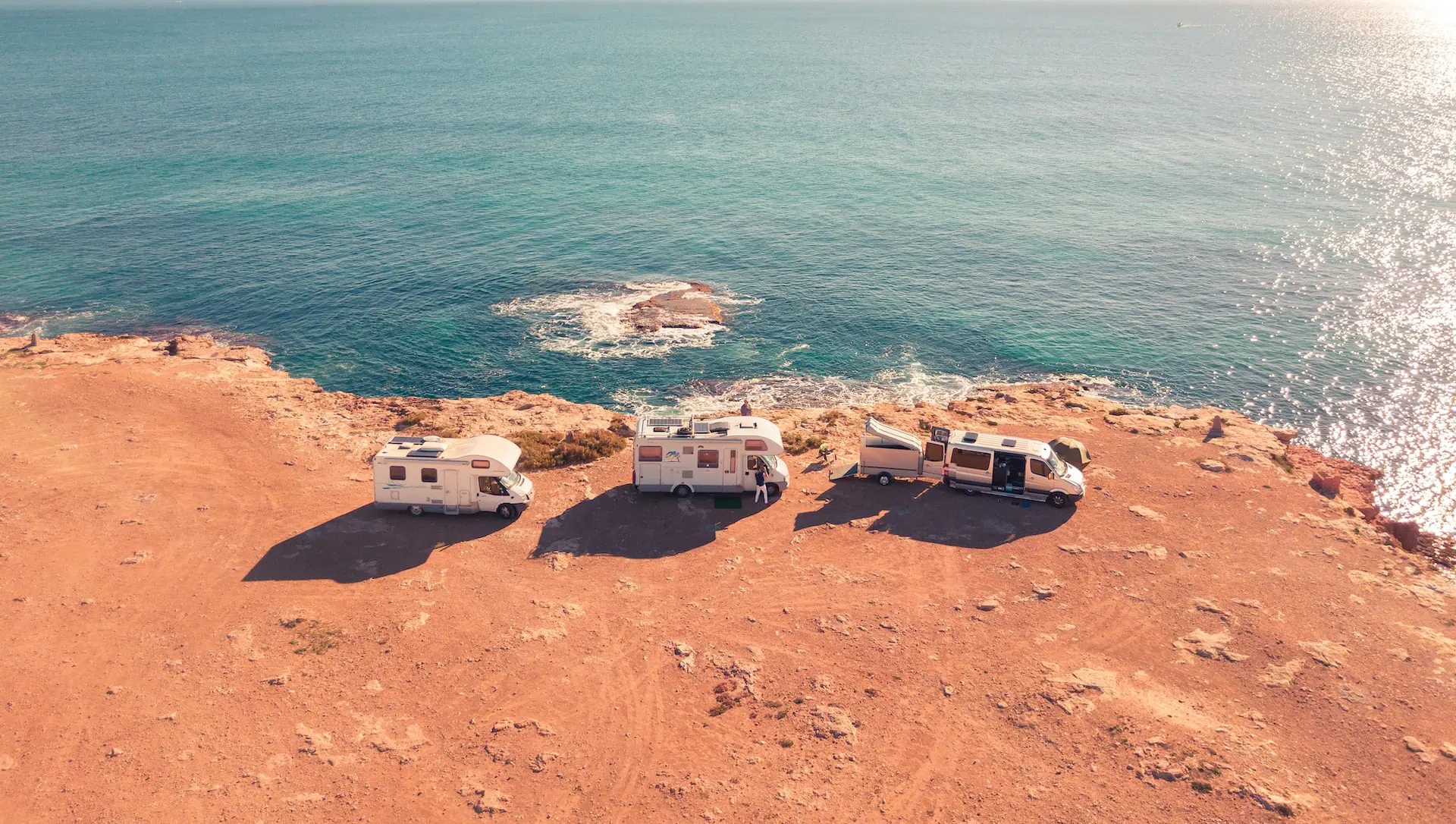
The first thing to do when buying a campervan is to figure out what exactly you are looking for.
There are so many models of RVs: more or less spacious, more or less maneuverable, and more or less equipped.
In order to choose the right vehicle for you, it is important to understand both what vehicles exist on the market and the intended use of your RV and the needs it will have to meet.
In this chapter, we start with the basics: the size of RVs (with pros and cons), engine, longevity, approved seats, and acceptable mileage.
1.1 THE SIZE: WHAT KIND OF USED RV IS THE RIGHT ONE FOR YOU?
If you are planning to buy an RV for camping, you will need a lot of storage space.
Similarly, if you are looking for an RV to use for visiting cities on weekends, you might be better off with an RV that is agile and easy to park.
If you plan to live in your RV full time you will need a lot of space, whereas if you will only use it to go to the beach, maybe you may not need all this space.
Et cetera, et cetera, et cetera…
The size of RV that is best for you, really depends solely on YOU and your needs!
DIMENSIONS OF RECREATIONAL VEHICLES
In general, to help you figure out what is right for you, keep in mind that RV lengths are usually between 6meters and 7.5meters, with exceptions both upward and downward.
Longer, means more spacious and livable, but also more difficult to park and higher fuel consumption.
The width of motorhomes, on the other hand, is normally between 1.7meters and 2.2meters. Wider, again means more spacious, but at the same time more difficult to handle and more cumbersome on the road.
The height of RVs is usually between 2,7 meters and 3.3meters. Higher obviously means more space, but it also means more consumption. In addition, vehicle height may preclude accessibility to areas/roads/parkings with low overpasses/bridges.
TYPES OF RVs
Now that we have seen together the average size of recreational vehicles on the market, let’s see together the types as well (in fact, RVs are not all the same 😉 ).
Factory motorhomes are mainly divided into four categories: type A, type B, Type B+ and Type C.
Below, you will find a brief description of their main features with advantages and disadvantages of each type of RV.
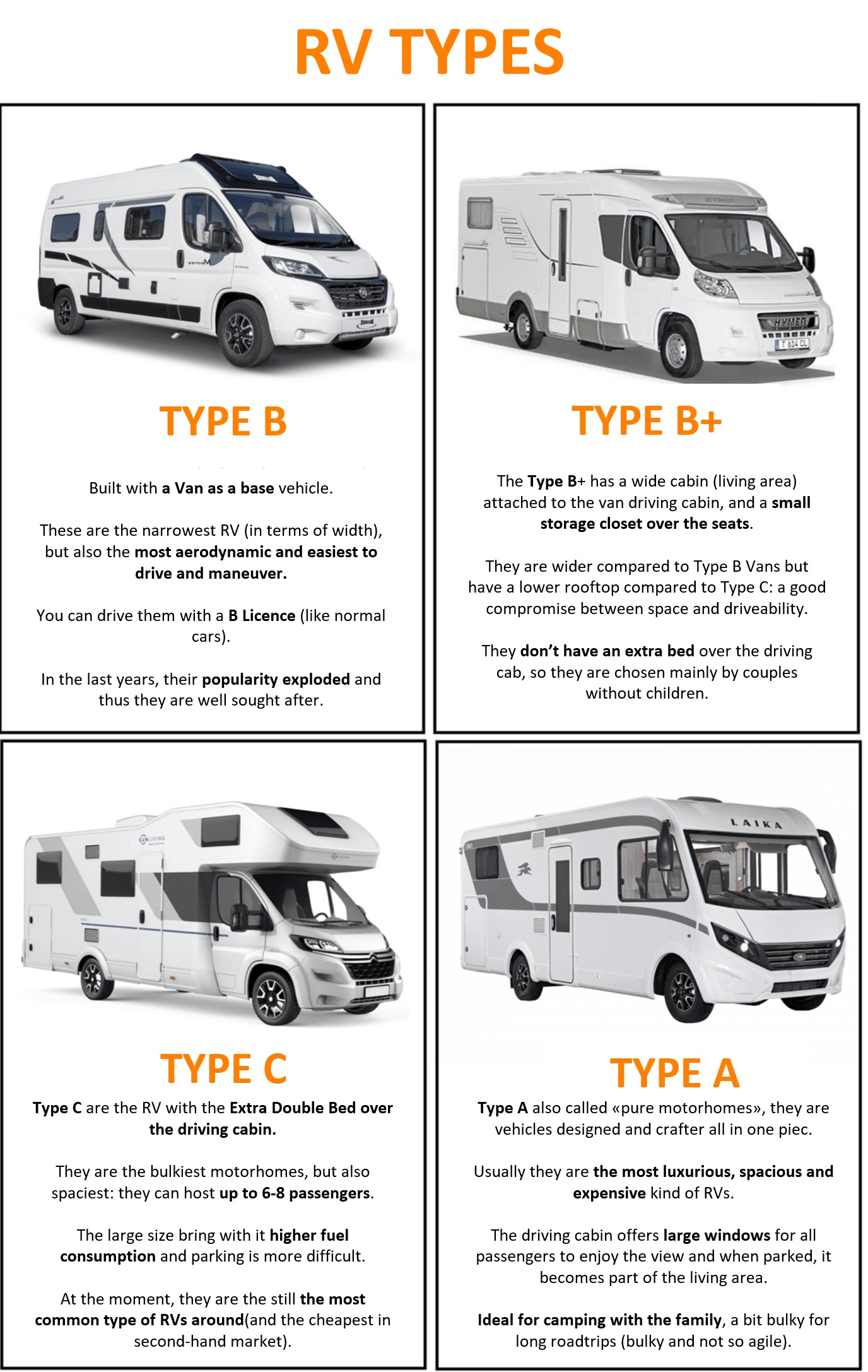

TYPE B MOTORHOME
The Type B, also called a “campervan,” or simply a “van,”,” is a camper built from a van as a base.
ADVANTAGES
- Compact and Lightweight
- Easy to Manuever and Drive
- You can drive with a B license
- Reduced consumption compared to other Solutions
- Suitable for Long Road Trips and the most winding roads
CONS
- Narrower than other cabin solutions (even by half a meter!)
- Comfortable for traveling with 2, with family it is cramped and complicated
- In recent years the prices have exploded upwards
USED
At present, given the growing boom of interest in recent years, used camper vans are the hardest vehicles to find at decent prices, both because of high demand and low supply (their great popularity has only recently exploded with the “vanlife” trend, so it is difficult to find “vintage” ones).
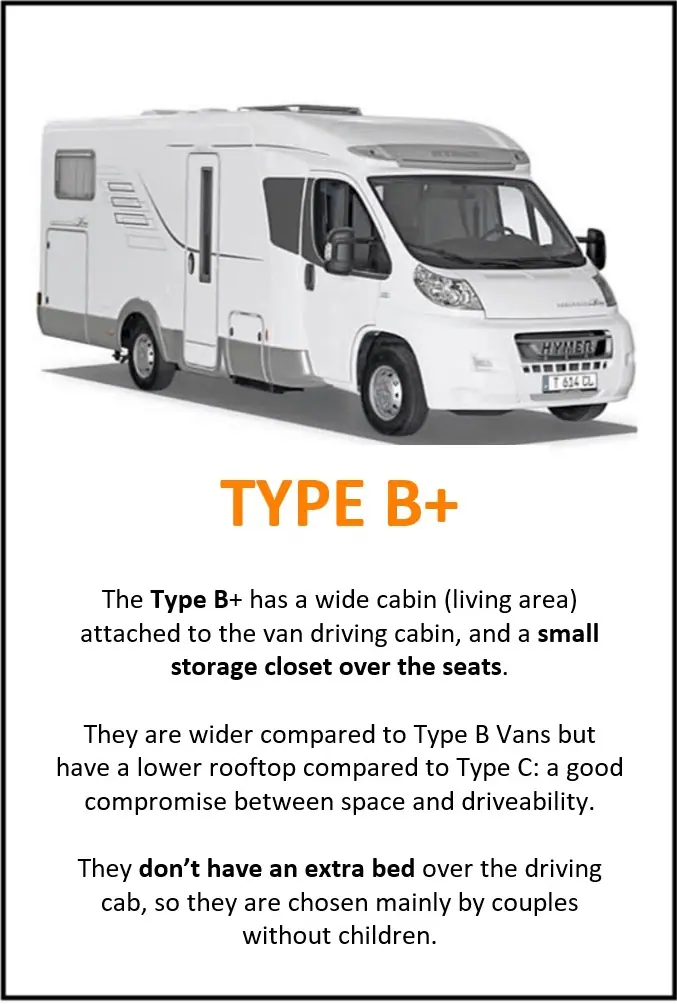
TYPE B+ MOTORHOME
The Type B+ Motorhome also referred to as “Semi-Integrated” or “profiled” motorhome, is a middle ground between the van and the pure Type A motorhome: it has a rear living quarter aerodynamically connected to the front of the vehicle, and a small dome above the driver’s cabin (normally used for storage).
ADVANTAGES
- Good balance between space and consumption (wide living cell)
- Costs among the most competitive, both new and used
- They can be driven with a B license (under 3.5T)
- Reduced consumption compared to other Solutions
- You can find many of them in the used market
CONS
- Like Vans, not suitable for large crews (up to 4pp ok)
- Less spacious than a Type C “overcab”, and less agile than a van
- Relatively high prices again
USED
B+ motorhomes exploded in popularity in the 1990s, which is why there are also many of them on the used market. It is possible to find vintage models under 20,000 euros with more than acceptable mileage, while for newer models prices have shot upward following the trend of Type B “Van” Motorhomes
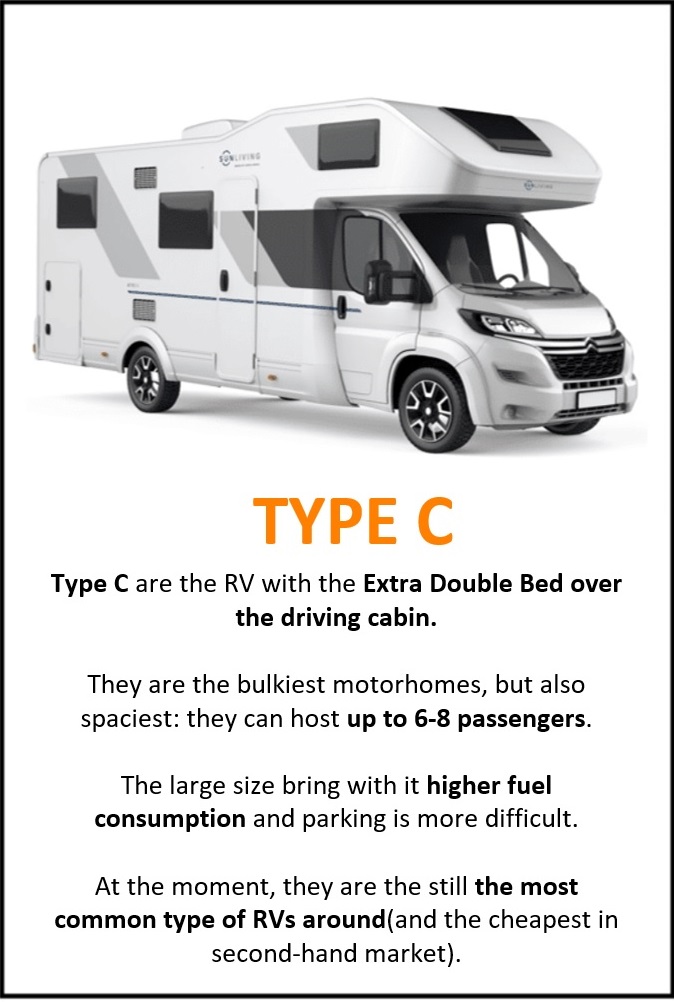
TYPE C MOTORHOME
The Type C RV is the quintessential family motorhome, and the one that commonly comes to mind as soon as the word “motorhome” comes to mind. Its main feature is an attic (also called “mansard”) located above the cockpit containing a double bed.
ADVANTAGES
- It can accommodate as many as 6-8 people, suitable for large families
- Large and comfortable spaces to move around (kitchen, bathroom, beds etc.)
- Large storage spaces, useful for carrying camping materials
- Perfect for camping and campings
- Excellent quality/price in the used market
CONS
- Bulky on the road and difficult to park outside the designated areas
- Fuel consumption is higher
- Height above 3 meters can be a problem with bridges/underpasses
- Sensitive to strong wind
- Above 3.5T, requires a C license
USED
Type C RVs have been the “standard” in the RV world for decades and the choice of many families to enjoy outdoor vacations. In Italy (where I am from), they are still the most widely used type of motorhome, even though the market for this type of vehicle is drastically declining. On the used market, excellent Type C motorhomes can be found at really competitive prices (most vintage models can be found even under 10,000 euros). In the US, such motorhomes are not as common as in Europe.
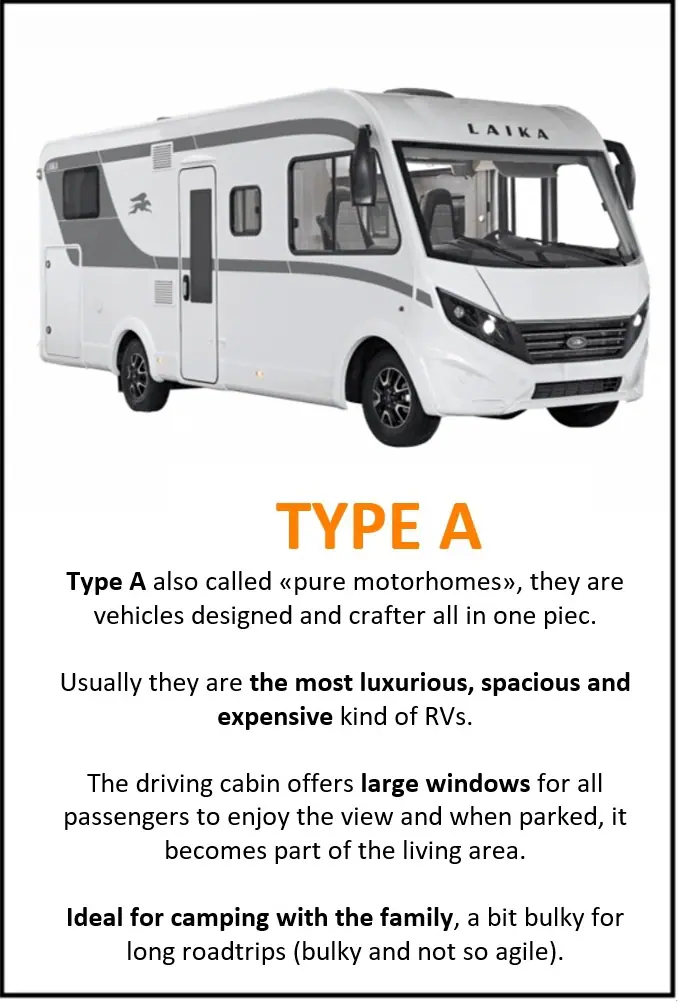
TYPE A MOTORHOME
The Type A Motorhome, also called simply “motorhome”, is usually the most expensive and “luxury” type of motorhome, as an existing chassis is not used for its construction, but the body is custom designed and built. In the case of the Type A motorhome, the living cell is one with the driving cabin at the front.
ADVANTAGES
- Spacious motorhome also suitable for large families
- More aerodynamic than an overcab (and therefore lower fuel consumption)
- Large windows for all passengers to observe the outdoors
- Large storage spaces, useful for carrying camping materials
- Perfect for organised camping and holidays
CONS
- Bulky on the road and difficult to park outside of designated areas (especially if they come up to 8-9meters)
- High fuel consumption
- Above 3.5T, requires a C license
- Generally very high costs
USED
Motorhomes have a long history, along with Type C motorhomes, which is why there are many of them in the used market. With the market moving toward smaller, more maneuverable vehicles, if you are looking for afamily vacation vehiclein motorhomes you might find excellent quality/price compromises (again, they start under 10,000euros with the more vintage models). Newer models still remain the most expensive on the market though.
Now that you are clear about the differences between the various types of RVs, let’s see which one might be most suitable for you.
Below are some suggestions that might help you think things through:
- Best RV for traveling in the City? Type B Vans and Minivans (under 6 meters)
- Best RV for traveling with Large Family? Type A Motorhome or Type C Overcab RV.
- Best motorhome in terms of fuel consumption? Type B Vans.
- Best RV for storage space? Type C RV or Type A Motorhome.
- Best RV for dirt roads or off-roading? Van.
- Best RV for traveling as a couple? Type B Vans or B+ Semi-integrated RVs.
- Best RV for road-trips in free parking? Vans (B) followed by B+ Rvs.
- Best RV for Organised Camping? Type C or Type A.
- Best RV with space/consumption ratio? Type B+ RVs.
- Best RV for traveling in the Mountains? Vans yes or yes.
As you can see, different types of RVs offer different advantages and are more or less suitable than others in different situations.
Unless you decide to build yourself a DIY custom camper van., some compromises you’ll always have to make, especially looking if you’re looking for a used camper; but already having in mind which model to go for certainly can help you save time and narrow the circle.
1.2 ENGINE CERTIFICATION
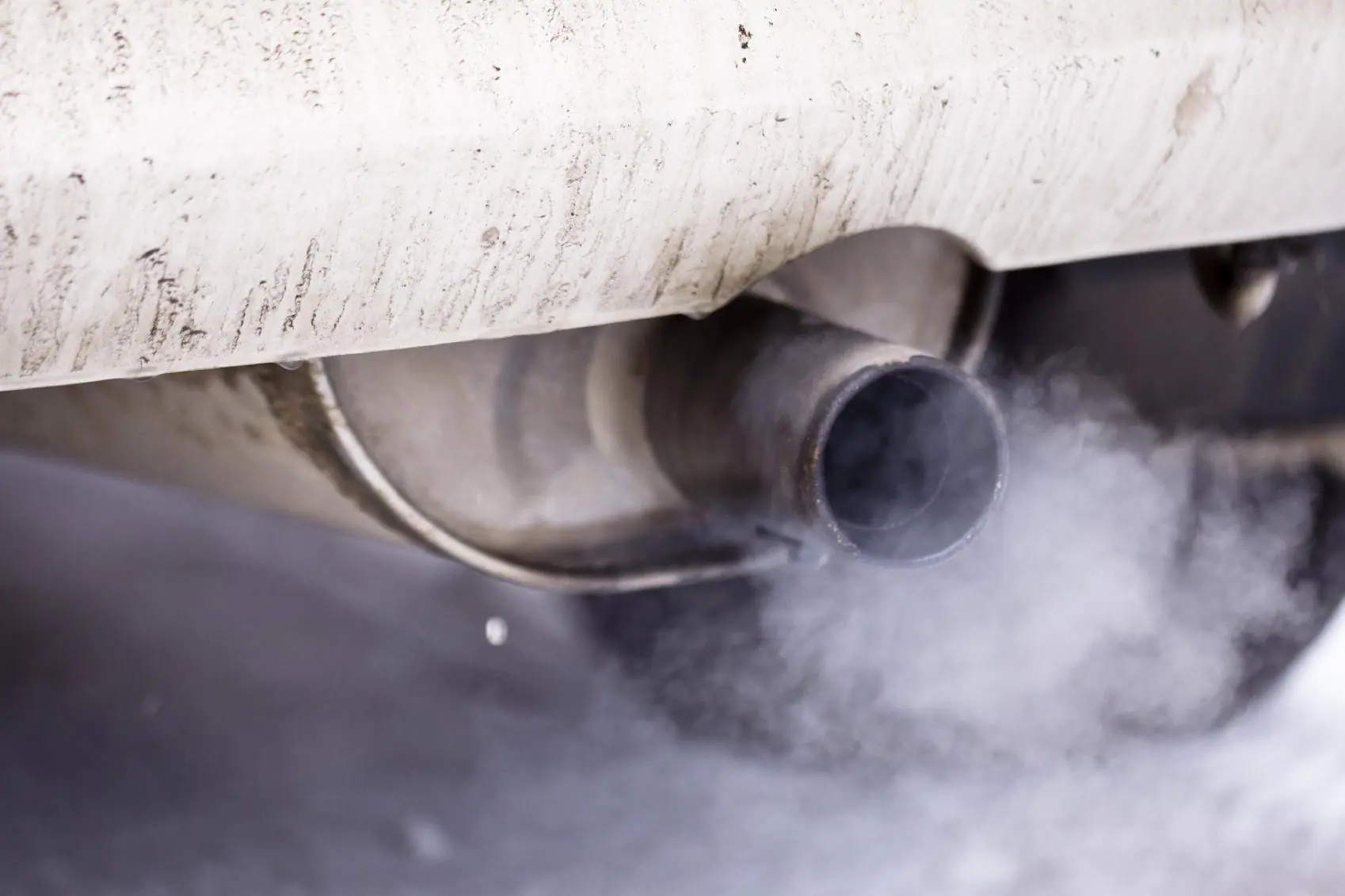
The European Union, starting in 1993 with the introduction of Euro 1 certification, regulates the emissions of mobile vehicles and certifies them in categories that currently range from “Euro 0” (for pre-1992 vehicles) to “Euro 6” for vehicles registered after 2020.
If you are considering buying a used motorhome in Europe, it is important to keep in mind the designation of the engine you are going to purchase as different categories may incur increasingly stringent limitations going back in time.
Below, you will find a table summarizing the years when the various designations came into effect:
| EU CERTIFICATION | YEAR OF PRODUCTION |
|---|---|
| EURO 0 | 1992 e prima |
| EURO 1 | 1993 - 1996 |
| EURO 2 | 1997 - 2000 |
| EURO 3 | 2001 - 2005 |
| EURO 4 | 2006 - 2009 |
| EURO 5 | 2009 - 2014 |
| EURO 6 | 2014 - oggi |
| EURO 7 | 2025? |
Summarizing all of the limitations for each category is almost impossible as these limitations can often change based on both the geographic area/community where one is located and the vehicle owner’s income.
That being said, keep these small concepts in mind:
- The older the certification, the more limited the circulation
- In city centers, villages, and some national parks, circulation is generally more restricted (or sometimes even inhibited)
- Diesel vehicles have more restrictions than gasoline vehicles (a Euro 5diesel, is sometimes equated with a Euro2 gasoline, just so you understand)
- Limitations may relate to geographic areas (e.g., regions/cities), time bands, usable days (e.g., when pollution is not too high), maximum annual kilometers, and more
- Given the European Union’s ever-tightening fight against emissions, the restrictions are constantly being updated.
Before buying any used vehicle, including even an RV, it is therefore a good idea to consult the current regulations to fully understand any driving restrictions .
Knowing the driving restrictions of a particular vehicle, in addition to serving ourselves to avoid fines and penalties, can also be a good cue to negotiate a lower price when purchasing.
To conclude the paragraph on emissions, however, I would like to reassure you that although there are driving restrictions in various locations/hours, these do not have to be a deal-breaker and, with a little planning, one can still travel and enjoy the road even with somewhat older used RVs (as one still sees many around!).
In addition, retro-fit work can be done on the engine to improve its category in various ways: particulate filters, new generation mufflers, conversion kits etc. Each procedure has different costs (from 1500 euros upwards) that may or may not make sense depending on your needs.
1.3 HOW LONG CAN AN RV LAST?
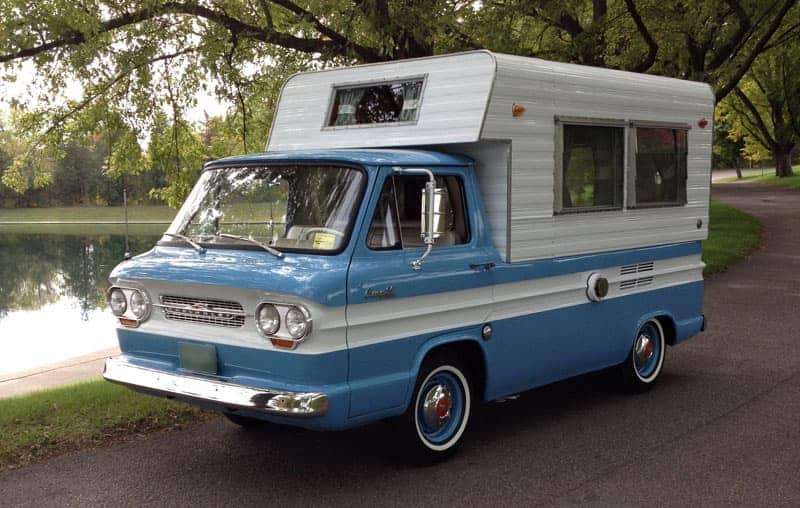
RVs have a much longer service life than ordinary cars, and can easily reach and exceed 20 years of service.
RV engines, followed with good (or at least decent) maintenance, can easily exceed 300 thousand kilometers. There are also cases where it is as high as 400 thousand, 500 thousand or even I have heard stories of a million!
The great longevity of motorhomes means that the value of the vehicle also falls much more slowly than that of a car: this is why it is easy to come across used motorhomes that are a few decades old with prices that are still remarkably high.
The year of registration of an RV, surely entails a certain environmental certification (at least in the EU).
That being said, however, my personal advice in choosing a used motorhome is to not to dwell too much on the year of registration, but instead more on the maintenance history, current condition of the vehicle (which I will explain later how to analyze in detail), installations and mileage.
An older vehicle, is not necessarily worse than a newer one, and the engine in an RV is not everything: in preserving the condition of an RV in fact, the care and love that the previous owner devoted to his vehicle matters a lot .
Consistent, well-done maintenance can keep the vehicle in excellent condition for years.
1.4 HOW MANY APPROVED SEATS DO YOU NEED?
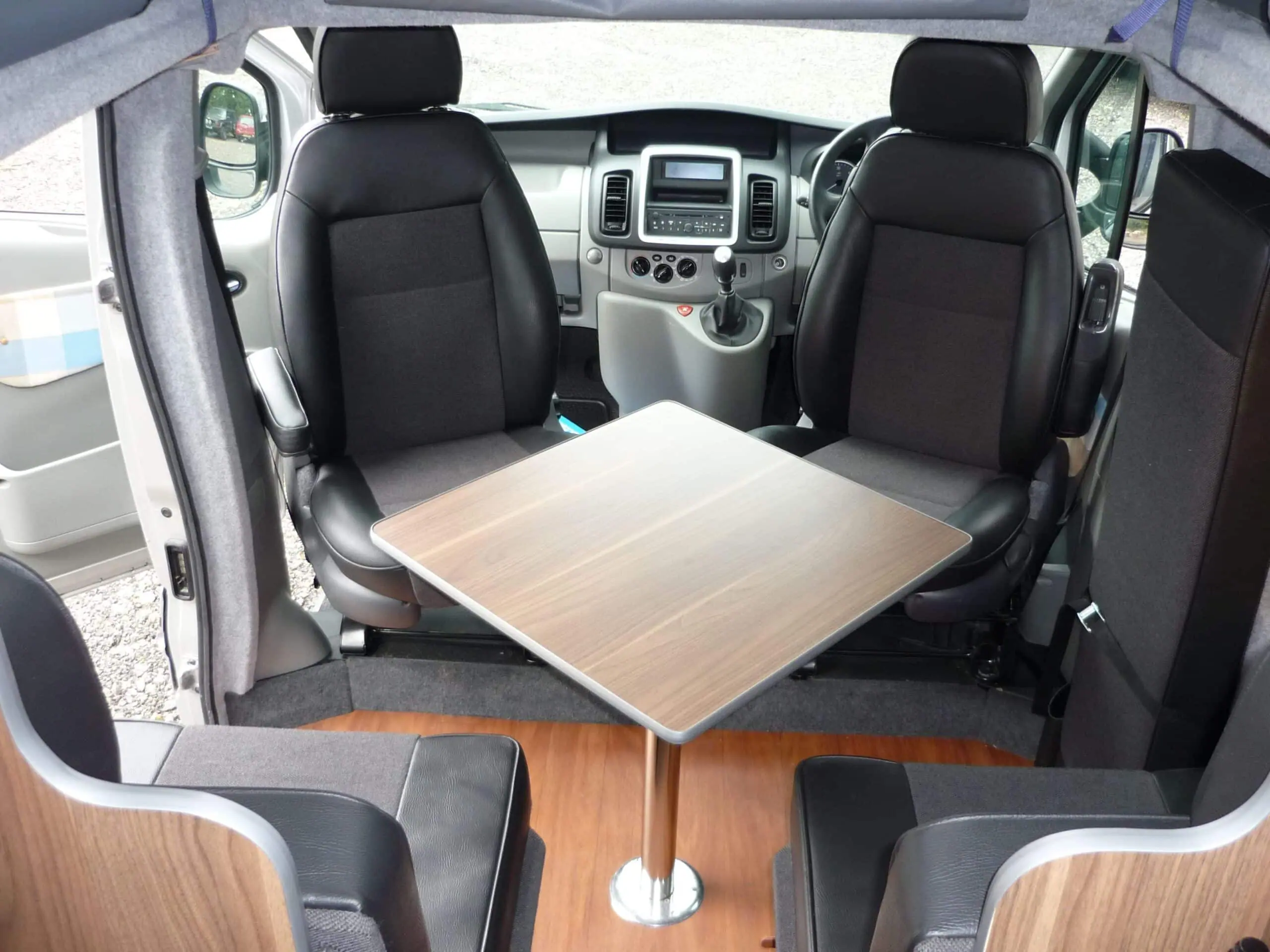
Before you start looking for the perfect used motorhome for your needs, in addition to type, environmental certification and year of registration (not so extremely relevant), it is important to understand how many people you want to be able to transport.
Every camper, has a registration book on which the number of approved seats is marked. Those marked are those that can travel. If the booklet says 4 people, you cannot load more than 4. Simple and clear.
Each “approved” seat on the vehicle registration reflects the presence of an approved belted seat and a bed for one person.
If, for example, when searching through the various used listings, you find the words “approved for 6,” you already can know that that particular RV has 6 beds and 6 approved seats.
Defining the number of people you plan to travel with will help guide you to one type of vehicle over another, and one size of RV over another:
- If you plan to travel alone, a van type B or B+ between 5-6 meters can work just fine.
- If you plan to travel in two, a van or semi-integrated B+ are also for you, up to 7 meters for more comfort.
- If you plan to travel with 3-4 people, you can think about a B+ (a bit cramped), or an overcab Type C (to stay wide) or a Type A motorhome.
- If you plan to travel with 5 or more people, the choice between Type C and Type A motorhomes is almost a must.
1.5 WHAT IS THE ACCEPTABLE MILEAGE FOR A USED MOTORHOME?
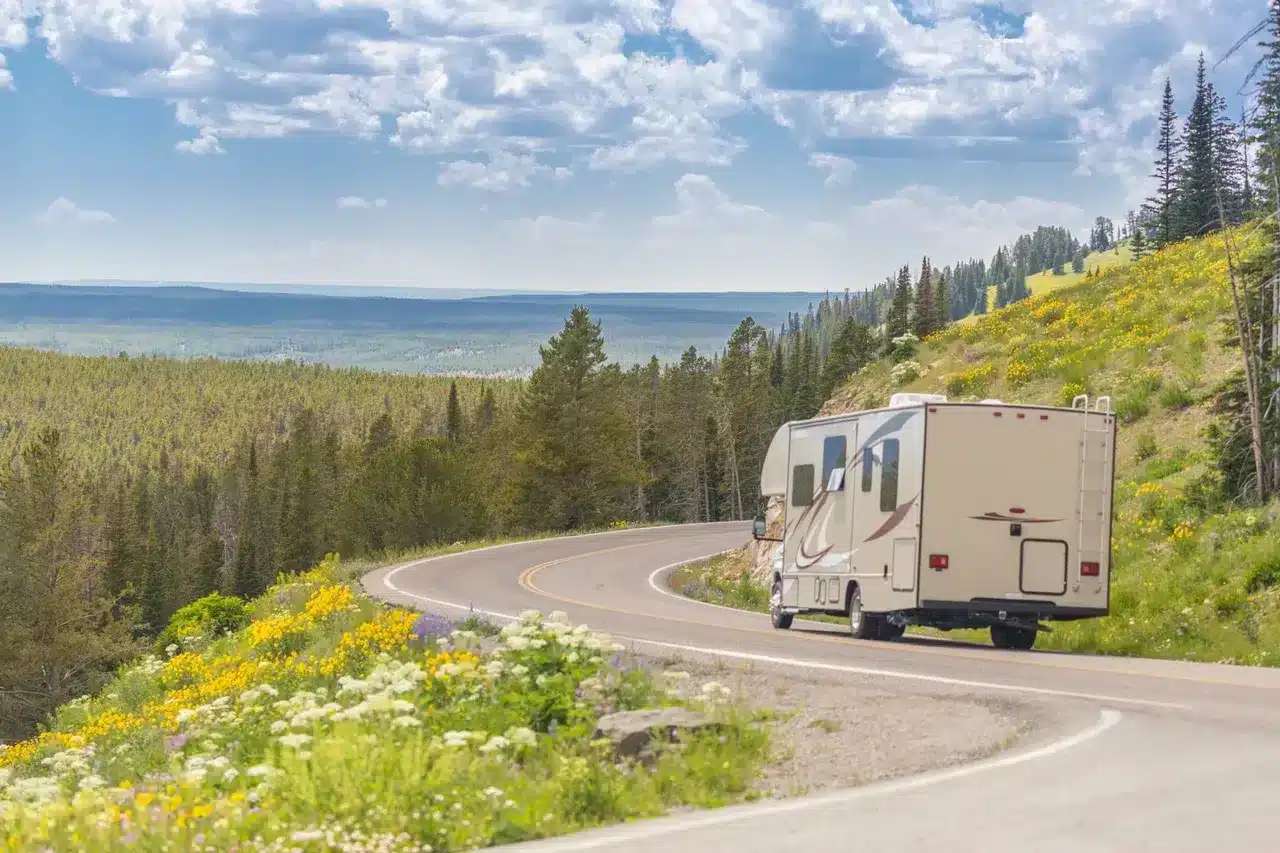
Having already assumed that, with good maintenance, most RVs can reach 300,000 kilometers without major problems, the maximum acceptable mileage for a used RV depends on you, your pockets and your future plans.
Are you looking for an RV to use for camping vacations? Or for a trip of several months (or years!) on the road? Do you plan to use the RV only in the summer or year-round?
- If you estimate that you will have to do a lot of miles per year, or even plan to live in your RV for long periods (months/years), I would advise you to go for vehicles with lower mileage (<100,000km if your pockets allow, or at least less than 150,000km).
- If, on the other hand, you plan more occasional use (weekends, summer vacations, an occasional roadtrip etc.), you might also consider evaluating all used RVs under 200,000km.
Buying a used motorhome over 200,000km can be quite risky, because it means that the vehicle has already covered a lot of ground and both the engine and the various mechanical components (suspension, belts, steering etc.) have a long behind.
That being said, and putting higher maintenance costs into account, it is still possible to consider even used RVs over 200,000km if they are well maintained and have a certified and reliable maintenance history.
2. Where and When to Look for a Used RV?

After reading the first chapter, I hope you have arough idea of what vehicle you are looking for: size, type, for how many people, with what maximum mileage etc.
Before explaining to you how to evaluate the living quarters and the various interior installations of an RV, I believe that with the previous information you already have the foundation to be able to set out to look and see what RVs/offers are around you.
In this chapter, let’s look together at the best sites for finding used RVs bothonline and offline, both in Italy and neighboring European countries. I will also explain what is the best time to buy an RV and why.
2.1 ONLINE SITES TO SEARCH FOR USED MOTORHOMES
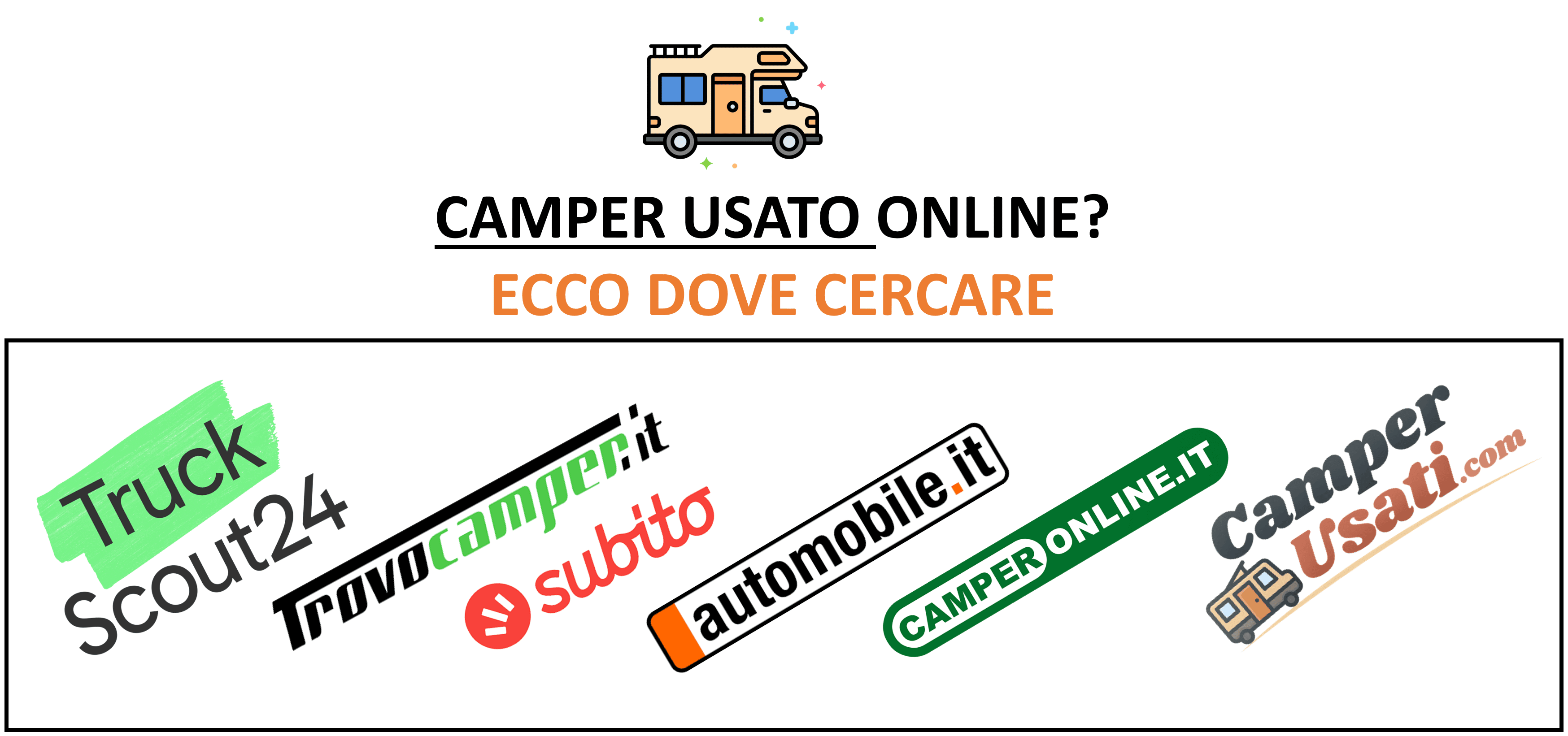
Below you will find the best sites where to look for used motorhomes:
- Truckscout24.com: EU Platform specializing in used trucks, RVs, and commercial vehicles With more than 5000 used RV listings, it is one of the largest sites in Europe where you can search for a second-hand RV.
- TrovoCamper.it: Another great platform, this time for buying and selling used motorhomes in Italy. With over 1500 listings, definitely a site to visit.
- CamperOnline.it:One of Italy’s largest communities of RV enthusiasts. The site, in addition to the myriad of information on the world of RVs, also offers a classifieds section where you can find many used RVs.
- CamperUsati.com: The name of the site already says it all: here you will find a good amount of used motorhomes to evaluate.
- Automobile.it: One of Italy’s largest sites for used cars. Speaking of “RVs” or “recreational vehicles,” it does not offer a gigantic catalog, but still has a small section worth browsing.
- Subito.it:You’ve probably already heard of it. Subito.it is a classifieds site where almost anything is sold between private individuals. There is a camper/caravan section on the site, throwing a look at it from time to time may be an idea: you never know when an opportunity may present itself 😉
In addition to the above websites, another idea for finding used RVs for sale online might be to search and follow the various facebook groups that cover these topics.
2.2 SEARCH FOR USED MOTORHOMES OFFLINE
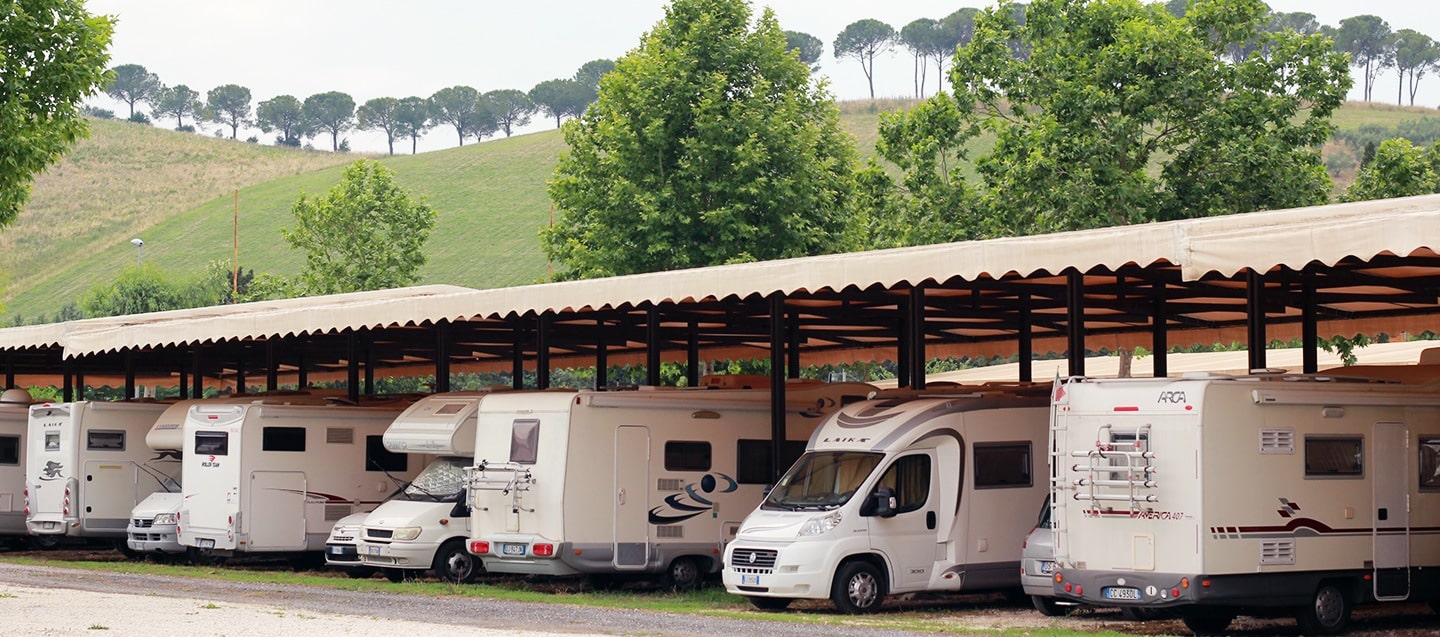
If online is not your thing, there are other ways to look for used RVs:
- Contact local dealers: many RV dealers, or used car dealers, also sell used RVs. You could contact local dealers to see if they have used RVs available
- Newspaper ads: yes I know, it is a somewhat “vintage” way of selling something nowadays, but there are still people who use newspapers to place their ads, especially local newspapers.
- Word-of-Mouth: get the word out. If you start talking about the idea of buying an RV to people close to you, it may be that some of them have heard of someone who wants to sell theirs and can put you in touch. Sometimes, the best bargains are found by accident! 🙂
2.3 LOOK FOR USED MOTORHOMES ABROAD
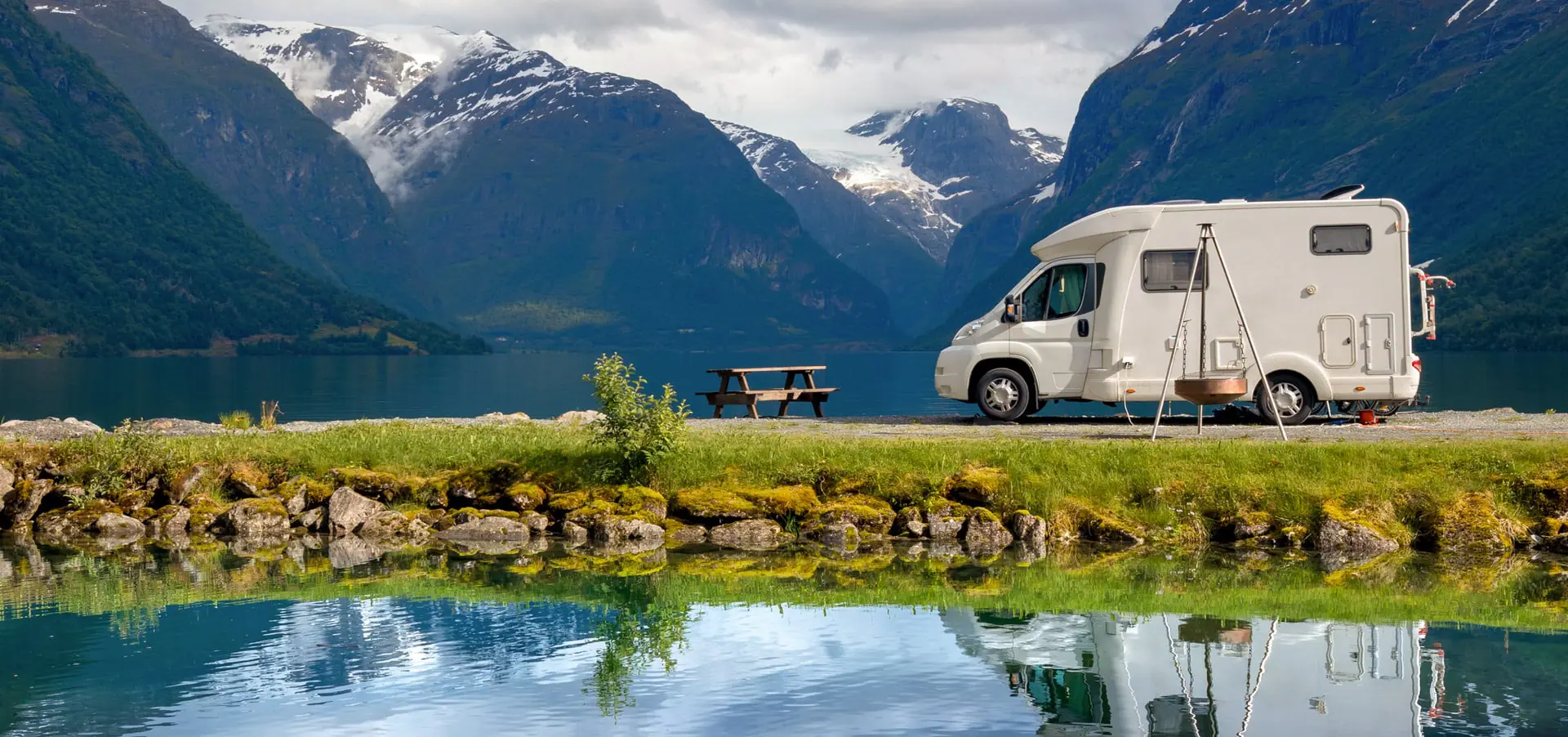
Another option for buying a second-hand RV is to do so abroad.
Different types of motorhomes can be found in different geographic areas (e.g., it is easier to find a VW or Mercedes in Germany than in Italy, while for example in Italy motorhomes built on the Fiat Ducato also dominate the used market) and obviously different prices.
Below I leave you links to some useful sites for looking for used RVs in Europe:
Mobile.de:Number 1 site in Germany for buying and selling used vehicles, including motorhomes. In Germany, the land of motors, there is a culture of changing vehicles very often (even every 2-3 years), and the used car market is therefore very vibrant and full of bargains.
TruckScout24.de: the German version of the Italian site TruckScout24, also features an incredible multitude of used motorhome/caravan listings
Kempy-chaty.cz: if you want to try the Eastern European route to save some money, you might want to check out the ads from the Czech Republic and Slovakia. Here google translate is a must 😉
Of course, there are many other international sites on which one could search (France, Austria, etc.).
Important is, if you ever decide to purchase your vehicle from abroad, keep in mind the hidden transportation costs (which we discuss more later).
2.4 WHAT IS THE BEST TIME TO BUY A USED RV?
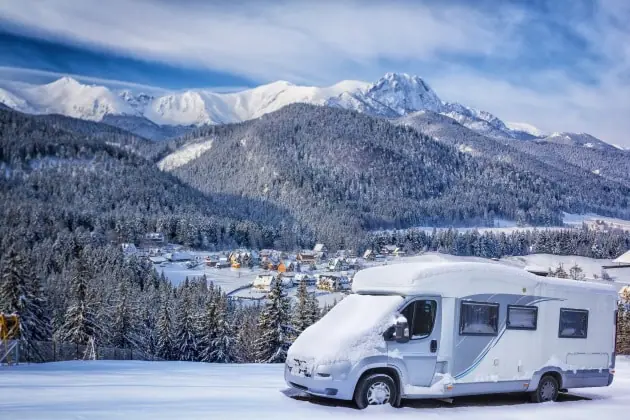
The best time to buy a used RV is in winter, between November and January. In fact, during this period, the demand for RVs is lower while the supply, once the high season is over, is greater.
The worst time to buy an RV, on the other hand, is earlier between spring and summer, when people are more likely to travel and demand is very high, and thus prices also tend to inflate and push up.
That being said, with time and patience the right opportunity can always be found. Therefore, I advise you not to be discouraged if you are looking close to the peak season; only keep in mind that RV prices tend to fluctuate depending on the period.
2.5 USED MOTORHOMES ON YOUTUBE

A new trend in RV buying/selling, but one that is definitely catching on and will grow in the future, is to use Youtube to showcase your used RV and sell it.
In fact, Youtube, being a video platform, allows those who want to sell their RV, to tell about it and show it in great detail, giving much more information than is normally found in online ads.
For a buyer, from Youtube one can get a sense of the “feel” of a certain camper, get to know the previous owner briefly and receive an impression of how he treated his van and how he maintained it.
To search for a used camper on youtube, once on the platform, type “selling used camper” in the search bar, and then sort by date from the most recent video 🙂
3. How to Assess the Vehicle?
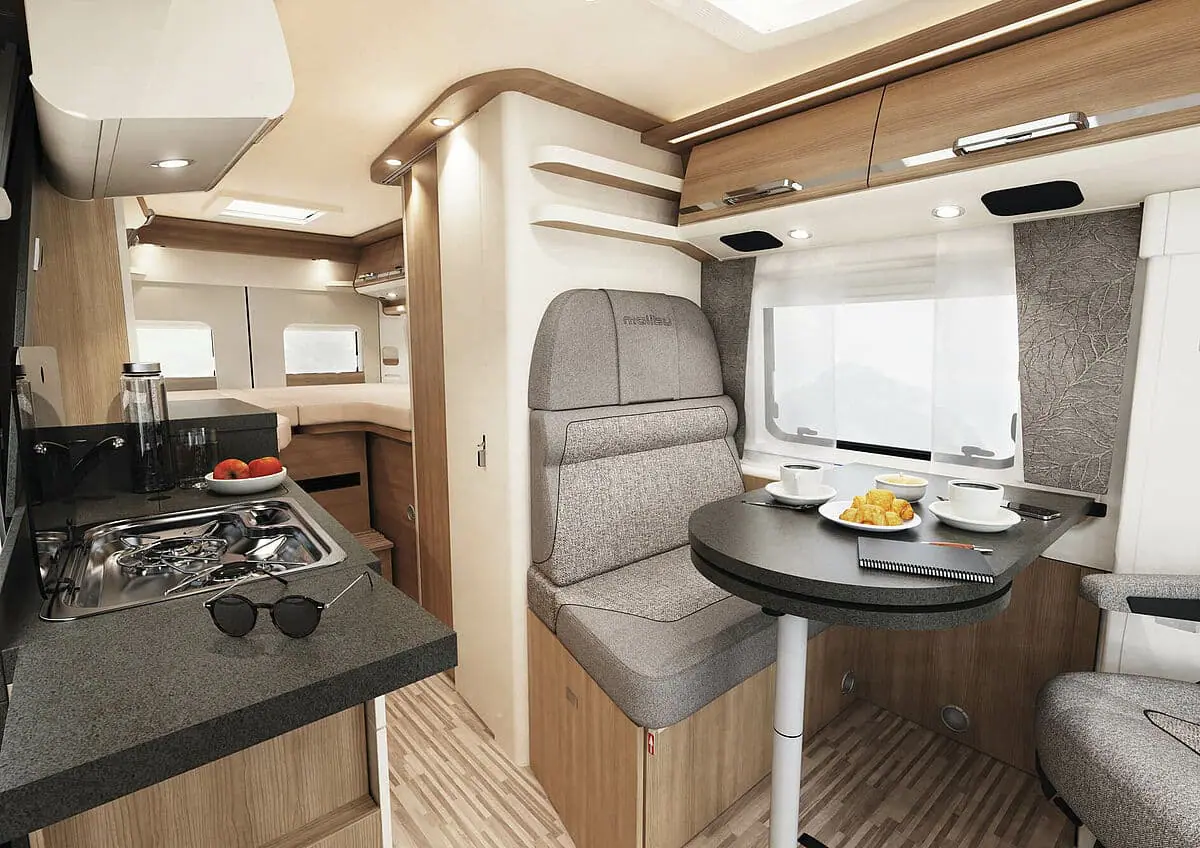
So far, we have looked together at the types of RVs on the market (Type A, B, B+ and C), the main features to keep in mind (certification, year, mileage, seats), and the various online (and offline) sites where to begin your search for your future motorhome.
By browsing the various sites, you have probably begun to get an idea of what is out there and what might be right for you.
My advice, before proceeding further, is to create for yourself a list of ads that catch your eye, are within your budget, meet your minimum requirements, and “might” interest you. Saved all the links (whether 20, 30 or 50!) in an ordered list.
In fact, used RVs can differ from one another in a myriad of parameters, both related to the mechanics of the vehicle and the amenities/optional features in the living quarters. Comparing them to each other without a well-defined system is chaotic, and may lead you to evaluate them in the wrong way.
Creating a list of possible “possibles” for yourself, in addition to already making a first – albeit rough – skim, will help you create a comparison group within which you can slowly begin to select the campers you really then want to go and see in person.
Below, I leave you with a free downloadable Excel Table that I created specifically to help you put your used RV search in mental order and compare the various listings in a logical and structured manner.
Open it with Excel, and the (very simple) instructions can be found within the file 🙂
TABLE 1: THE FIRST SKIM
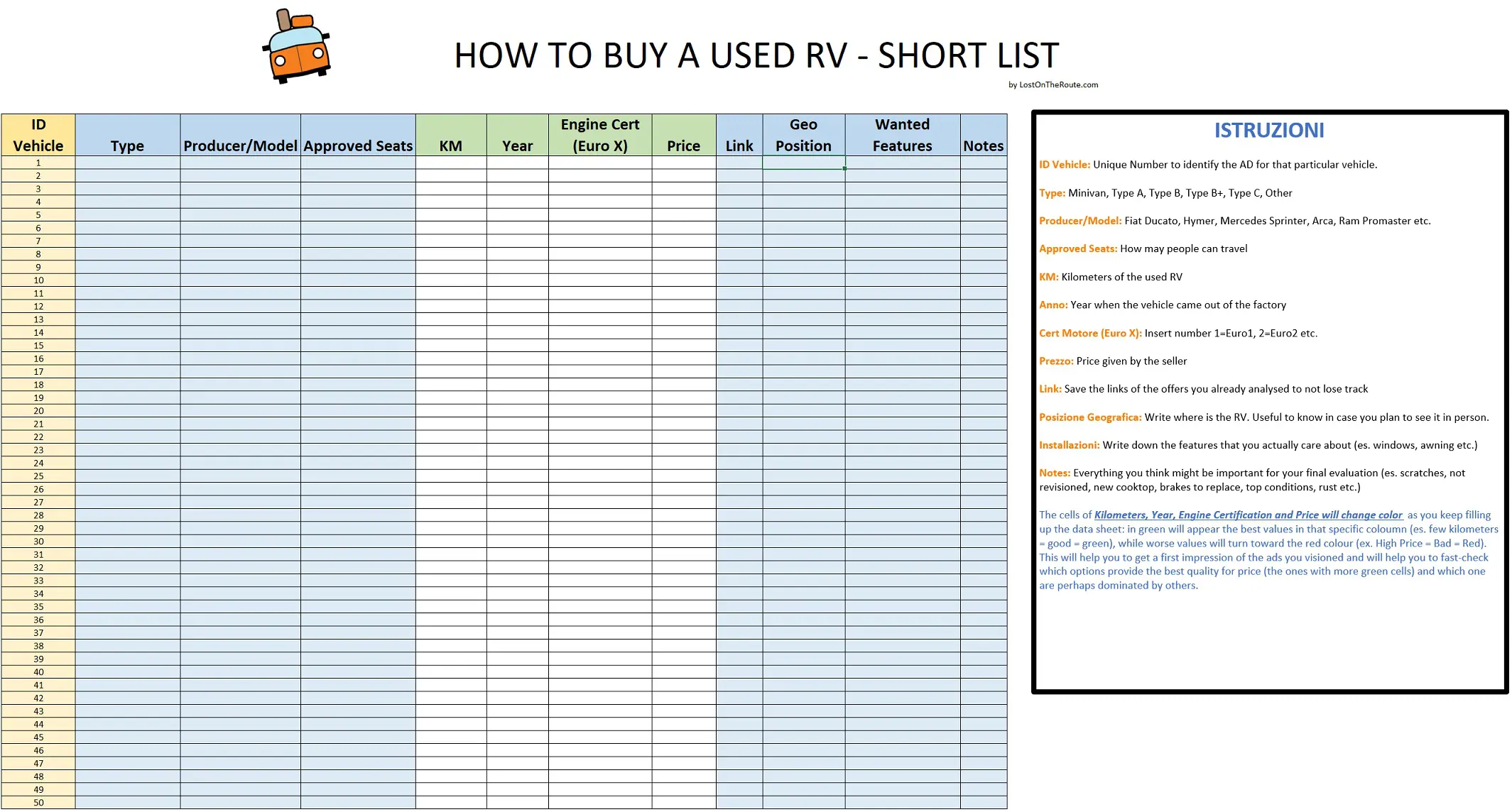
Once you have a list of RVs you “might be interested in,” it will be time to go through them one by one under a painstaking magnifying glass, and then come up with a “short list” of the ones you want to go see and examine in person.
In this chapter, let’s take a look together at all the important aspects of assessing the actual value of a used motorhome and figuring out if it really fits your needs.
3.1 HOW TO ASSESS THE CONDITION AND VALUE OF A USED RV? – SKIMMING
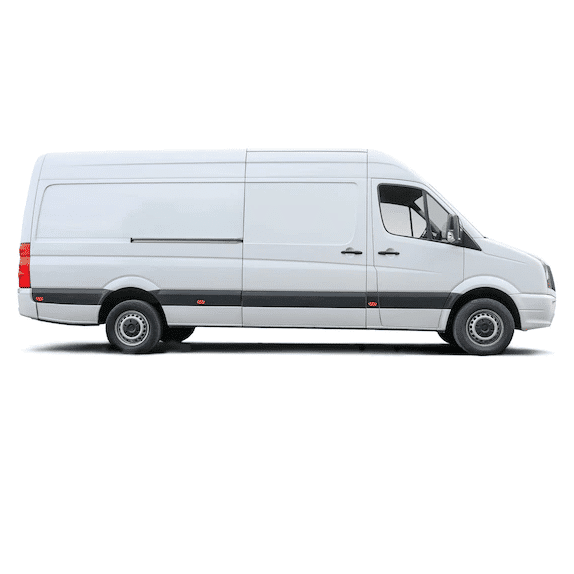
Now that you have a great list, it’s time to start digging into the details and cross off all the ads that, for one reason or another, don’t meet your needs or are otherwise “dominated” by other ads that are much better value for money.
Below, I leave some food for thought that will help you with your skimming.
- Mileage: an RV with low mileage is usually in better condition than one with more. Mileage obviously isn’t everything, but it is something you always find in ads and can help you quickly compare one vehicle to another.
- Sale Price: Let’s not beat around the bush…price is one of the most important variables in buying a used RV, and obviously if you decide to invest time in looking, you invest it because you want to get a good deal!
- Year and Engine Certification: the newer the vehicle, the better the engine certification and thus the fewer driving restrictions. In addition, more modern vehicles tend to consume less fuel.
- Engine: a more powerful engine gives the vehicle more pickup, but at the same time it consumes more fuel
- Brand: if you have brand preferences (e.g., Ducato, Sprinter, Volkswagen), it may be interesting to include the brand of the vehicle in the evaluation as well
- Body condition: from the online ad, it is obviously difficult to assess the condition of the mechanical/engine part, however, you can certainly get a good impression of the exterior. Therefore, check the body of the RV carefully: dents, scratches and especially rust can be important signs of how a vehicle has been treated. Personal advice: if you see too much rust, discard it already! Rust brings problems over the years and slowly “eats away” at your vehicle; if the area is too large to treat, leave it alone-it would cost you more to fix it than to buy one in slightly better condition.
- Condition of the Living Cell: Look at the condition of the interior–furniture, beds, bathroom, fixtures–anything you can glean from ad photos or descriptions can be helpful in skimming the various vehicles and arriving at your shortlist of possible final candidates.
- Geographic Area: if a used RV is located near you, it will be much easier (and cheaper) to go see it in person to evaluate it. Consider the distance to pick up a vehicle as part of the overall cost; the farther away it is, the more it will cost you to go see it and possibly bring it back (gasoline, highways, time etc.).
- Optionals and Notes: jot down installed optionals, special features that catch your eye, and special notes about the ad (almost every used vehicle has something “unique” worth pinning)
Once you’ve gone through the ads in detail (and neatly compiled the table), it will be much easier to evaluate the quality/price of each vehicle relative to the others and eliminate all those that, for one reason or another, miss the comparison.
Once you have obtained your shortlist, it will be time to pick up the phone, clarify any questions you may have left from the ads, and possibly make contact to go examine the vehicle (s) you are most interested in the person.
3.2 EXAMINE THE ENGINE AND MECHANICAL COMPONENTS
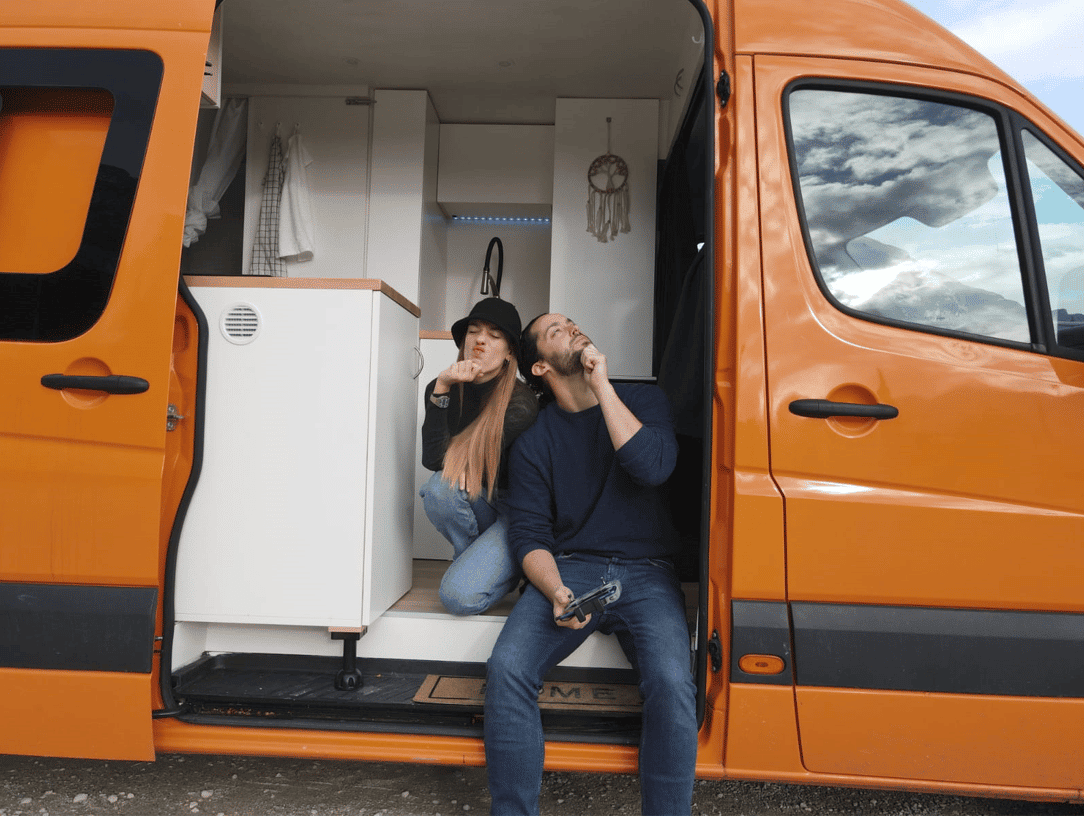
When evaluating a used RV, there are several factors to consider to ensure that the vehicle is in good condition and ready to be used: these are divided into mechanical components, systems, and living cell.
Below, I leave you with some pointers for evaluating the mechanical components of a used RV:
- Inspect the exterior of the RV: check the bodywork for good condition, no dents or rust, and intact headlights and lights (if anything is out of place, ask about the vehicle’s history).
- Check the bottom of the Camper: the place most prone to rust in older campers is the lower body, under the floor. If the vehicle is very old, it may be that rust has affected some of the supporting structures of the vehicle.
- Check the condition of the tires: check the tread height and wear, very worn tires could be an extra weapon to slightly lower the price during the negotiation
- Check the Conditions of the Steering Wheel and for any Car Steering Wheel Buttons Not Working: this is an obvious detail that many forget. Try to maneuver the vehicle, check all buttons on the wheel and all levers behind it, if something is not working as it should, investigate further!
- Check the engine: open the hood and take a look at the engine. If you see oil stains or rust, it would be a good idea to have a mechanic look at the engine (always recommended). Start the engine to check noise and exhaust, give gas in neutral (a black smoke, could signal combustion problems inside the engine and an imbalance between fuel and burned air).
Once the mechanical components have been checked, it will be time to examine the systems and the living cell.
3.3 EVALUATE THE FACILITIES OF A SECOND-HAND MOTORHOME
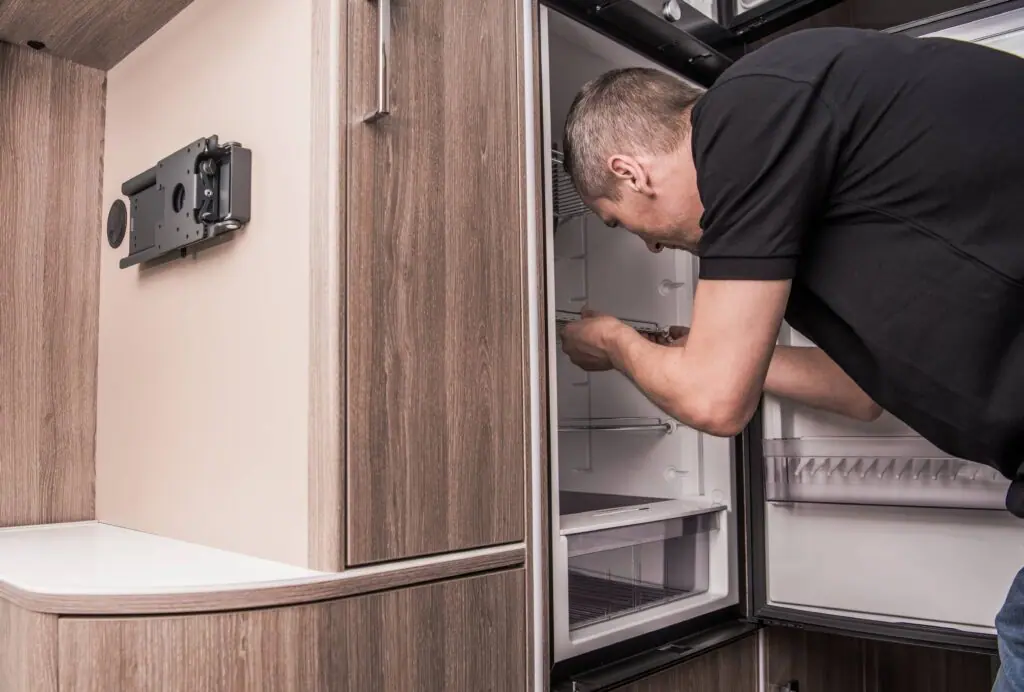
The systems of an RV normally are plumbing, electrical system, heating and cooling system.
Every RV has slightly different systems, but below I’ll leave you some pointers on the main things you definitely want to check:
- Check the Electrical System: check that all electrical equipment is working (lights, inverters, 220 outlets, chargers, solar panels etc.). Check the age of the service batteries with the owner, ask about any work that has been done. Evaluate whether the batteries/installations are sufficient for your needs or whether some upgrading work needs to be done (in that case, you might find it helpful to read the complete guide for a electrical system in a do-it-yourself motorhome). Try turning on all appliances at the same time to see if the batteries hold up. If something doesn’t sit right with you, or you would still like an expert’s opinion, relying on a trained mechanic to evaluate all systems might be a wise choice.
- Check the Plumbing System: if you don’t mess around with electricity, you don’t mess around with water even less: no one wants to find their RV flooded! 😉 Visually check the system and make sure there are no obvious leaks or damage. Ensure that pipes and connections are in good condition with no signs of corrosion or wear. Check the operation of the pump, valves, faucets and shower, that everything opens and closes well. Check that the water comes out in the correct way. Remember also to check that the drains are working properly and that the gray and black water tank are emptied properly without leaks.
- Check the Heating System: put the heating on full blast and check that it is working properly and that there are no problems with the power supply. I recommend you leave it on for 5/10 minutes to check its power and that everything is working as it should 🙂
- Check the Cooling and Ventilation System: not all RVs have a cooling system, but if the used RV you are looking at has one, you will need to test it just as you would for heating. Similarly, checking the ventilation of an RV is essential in assessing its livability. In case you observe damp areas or the presence of mold, try investigating the area more (normally these things are due to infiltration or poor ventilation creating condensation).
- Check the Refrigerator: ask the salesperson to turn on the vehicle at least an hour before your visit so that you can check the power of the refrigerator. Most factory motorhomes, especially if somewhat dated, normally mount a 3-ways refrigerator (which can run on gas, 220V, and 12V).
- Check Stoves and Gas System, if any: Test all stove fires (whether gas, diesel or electric) to make sure they are working properly. If the stove is gas, carefully check cylinders and pipes and make sure everything is properly maintained (RV gas systems should be checked/certified by an expert every 3 years).
- Once you’ve checked all the systems, you’ll have a rough idea of whether everything is working as it should or if/where you’ll need to get your hands on it once you buy the vehicle.
- At this point, what’s left for you to do is to check the housing cell assembly and any optionals installed.
3.4 EVALUATE THE INTERIORS AND OPTIONALS INSTALLED
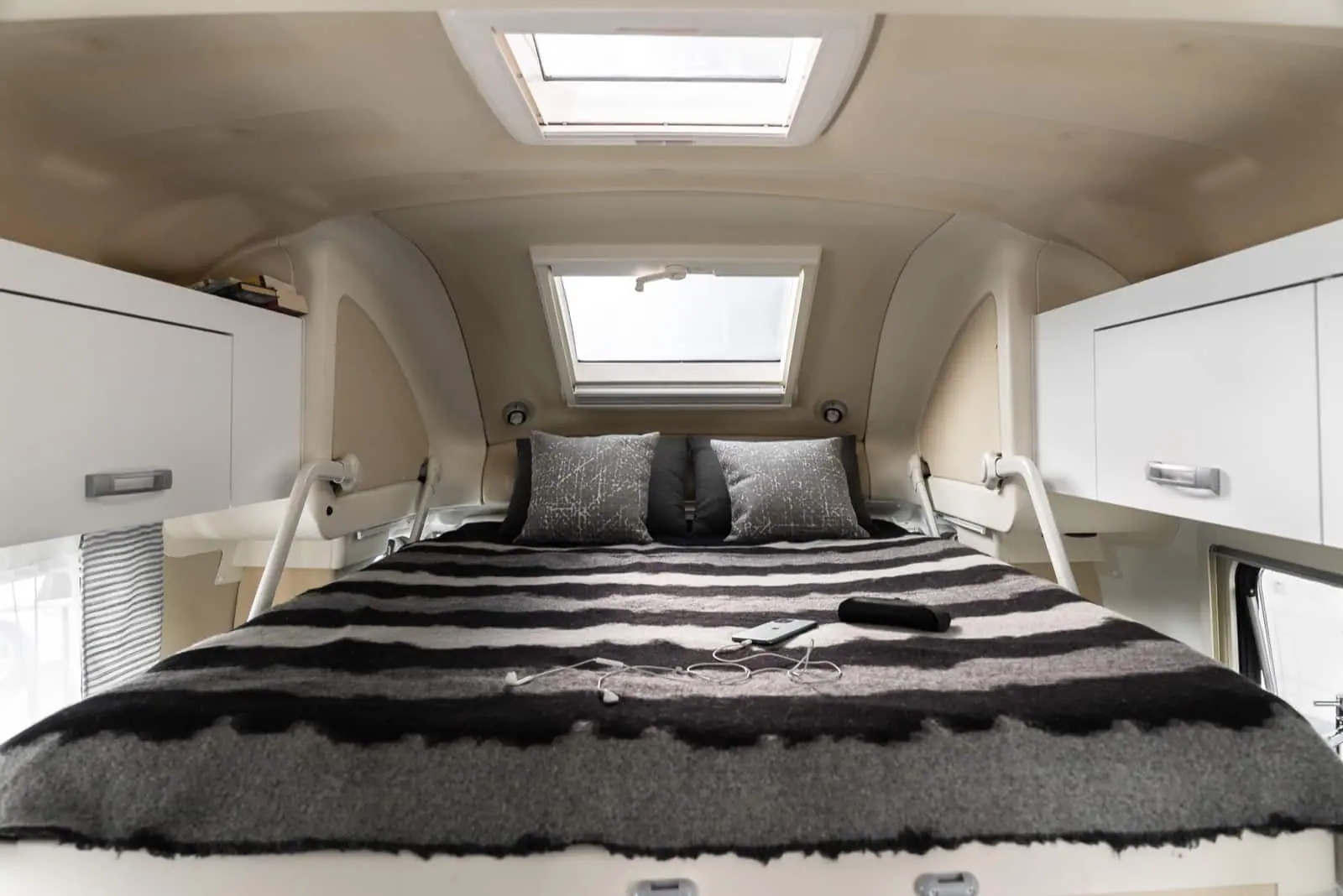
Optional extras are all the additional features found in an RV (items that may or may not be there) that can increase its value.
Some examples of common optionals may be the bike rack, rearview camera, anti-theft devices, skylights, awning, and more. Depending on the vehicle on which they are mounted and the manufacturer’s brand, these options can be worth as much as several hundred or thousand euros.
Know how to recognize and evaluate them Will help you understand whether the asking price is fair than what in itself the vehicle is worth (remember that you however, are supposed to come to see the vehicle after already comparing it to many others, and thus having already done YOUR market research 😉 ).
The value of optional extras depends on their quality and their usefulness to the owner.
For example, a high-quality navigation system might increase the value of the RV, while a less useful option might not have a significant impact on the overall value of the vehicle.
Below, find an approximate value of what the various items/optionals of a used RV might be worth:.
- Burglar alarm: There are many different types of anti-theft devices for campers, (deterrent, anti-intrusion, mechanical, digital etc.), each with a different value that can range from a few euros for the simplest anti-theft devices to 400-500 euros for the most secure and elaborate ones. A quick google search can help you figure out its market value.
- Air conditioning: Can easily cost from 1,000 to 3,000 euros.
- Refrigerator: a thermoelectric refrigerator can cost from 200-400 euros, trivalent from 400-800 euros, and 12V compressor refrigerator from 600-1200 euros. Size and brand obviously affect the price, if you want to learn more about the topic I recommend the article How to choose the best RV refrigerator.
- Gas oven: not all RVs have an oven, and it is certainly an interesting option if you like to cook. Value to be considered between 500/1000 euros.
- 220V electrical system: depending on the power of the inverter, can be worth from 150 (one 220V outlet) to 1,000 euros (a complete system with several outlets and 2000/3000W inverter).
- Water heating system: can cost from 100 to 500 euros (depending on the amount of water in the tank and the heating method)
- Bike rack: generally, a two-person bike rack costs around 200-600euro, depending on the model and brand
- Spare wheel:can cost from 80 to 200 euros (normally all RVs, even used ones, have one fixed underneath, but it is always good to check).
- Navigation system:Can cost 500 to 1,500 euros.
- Heating system: can cost from 400 euros (for small vehicles), to 2,500 euros (for larger motorhomes with 3-4 hot air intakes), to 4,000 euros (for heaters with “high mountain kit” included)
- SmartRadio:approximately costs 200-300 euros
- Rearview camera:about 100-150 euro.
- Awning: can cost from 500 (generic brands), up to 2,000 euros (for larger, automatic models of reputable brands such as Thule or Fiamma).
- Interior cladding/floor/wall/ceiling: the interior cladding can be factory-made or redone over time, the value is very subjective and depends on your personal taste.
Again, it should be remembered that these are indicative values of what it might cost to add such new options. Keep these hypothetical values in mind when evaluating the final price of the vehicle you are reviewing.
3.5 WHAT TO CHECK DURING A TEST-DRIVE?
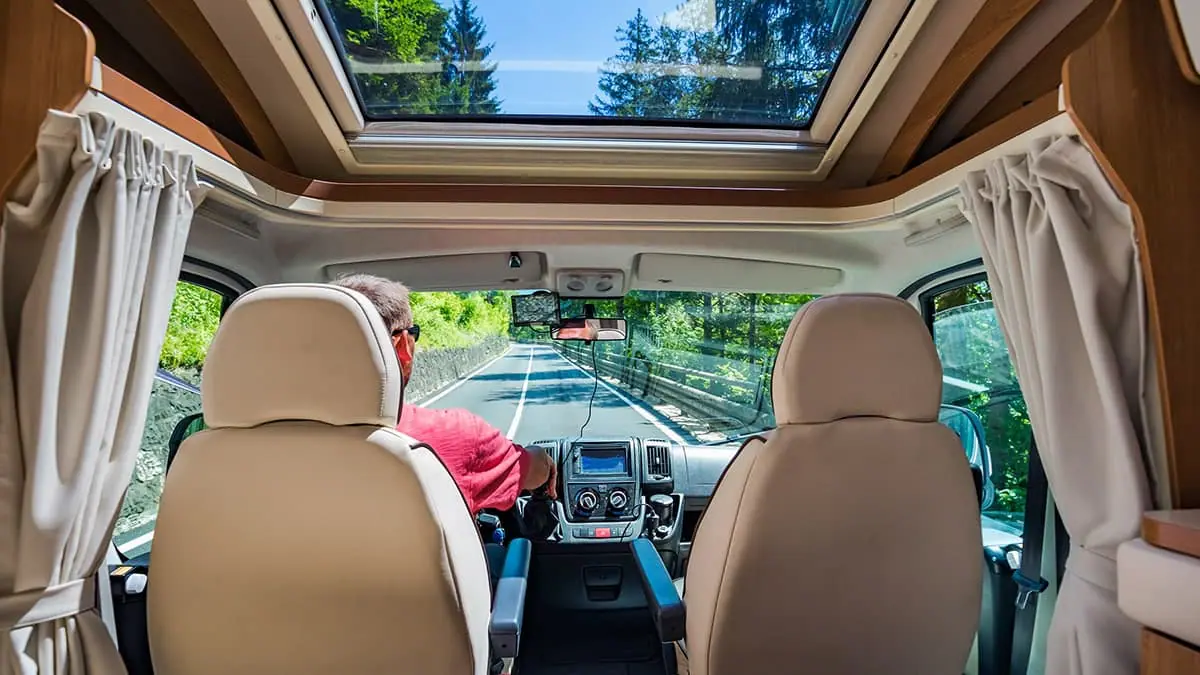
The test drive is an important opportunity to check the operation and performance of the used RV before purchase, and a golden opportunity to verify that there is that right “feeling” between you and the vehicle.
Here are some things to check during the test drive:
- Check Engine Operation: make sure the engine starts easily and runs smoothly while running. Pay attention to any warning lights on the dashboard screen, any abnormal noises, vibrations, or oil leaks. In any of these cases, it would be a good idea to stop the test-drive and have the vehicle seen by a professional mechanic (however, always recommended!).
- Check the Handling: make sure the RV is easy to drive and responsive when maneuvering. Try driving it through tight turns and high-speed curves, uphill and downhill, accelerating hard, braking and trying reverse.
- Check the operation of the Brake System: make sure the brakes are working properly and that the RV is stable during emergency maneuvers. Try driving the RV on some downhill slopes to test its grip. Try parking it on a slight incline and pull the handbrake. Being sure your brake system is working properly is very important for your safety!
- Check the operation of Optional Equipment: if the RV has optionals (such as navigation system, rearview camera, smartradio, parking system etc.) make sure they work properly as they should.
- Check your driving comfort: in the end, what is most important for every camper is the “feeling” with your camper: when you get behind the wheel, you should feel good and happy driving it! It’s a hard thing to explain, but one that when you sit in the right RV, you’ll understand perfectly on your own 😉
- Check fuel consumption: keep track of fuel consumption during the test drive to get an idea of the RV’s operating expenses.
Once you have finished examining the mechanical components of the RV, the living quarters, and have had a good test-drive, all that’s left for you to do is to draw the conclusions: does it meet your needs? Are you interested? Is the price right?
Now is the time to put all the information together and make a decision
: buy, or keep looking?
In the next paragraph, let’s talk about the “right price” of a used RV ;D
Below instead, I leave you a PDF Checklist to download, which might help you at the stage when you go to view the vehicle in person, to make sure you don’t forget anything at all 🙂

4. The Right Price of a Used Motorhome
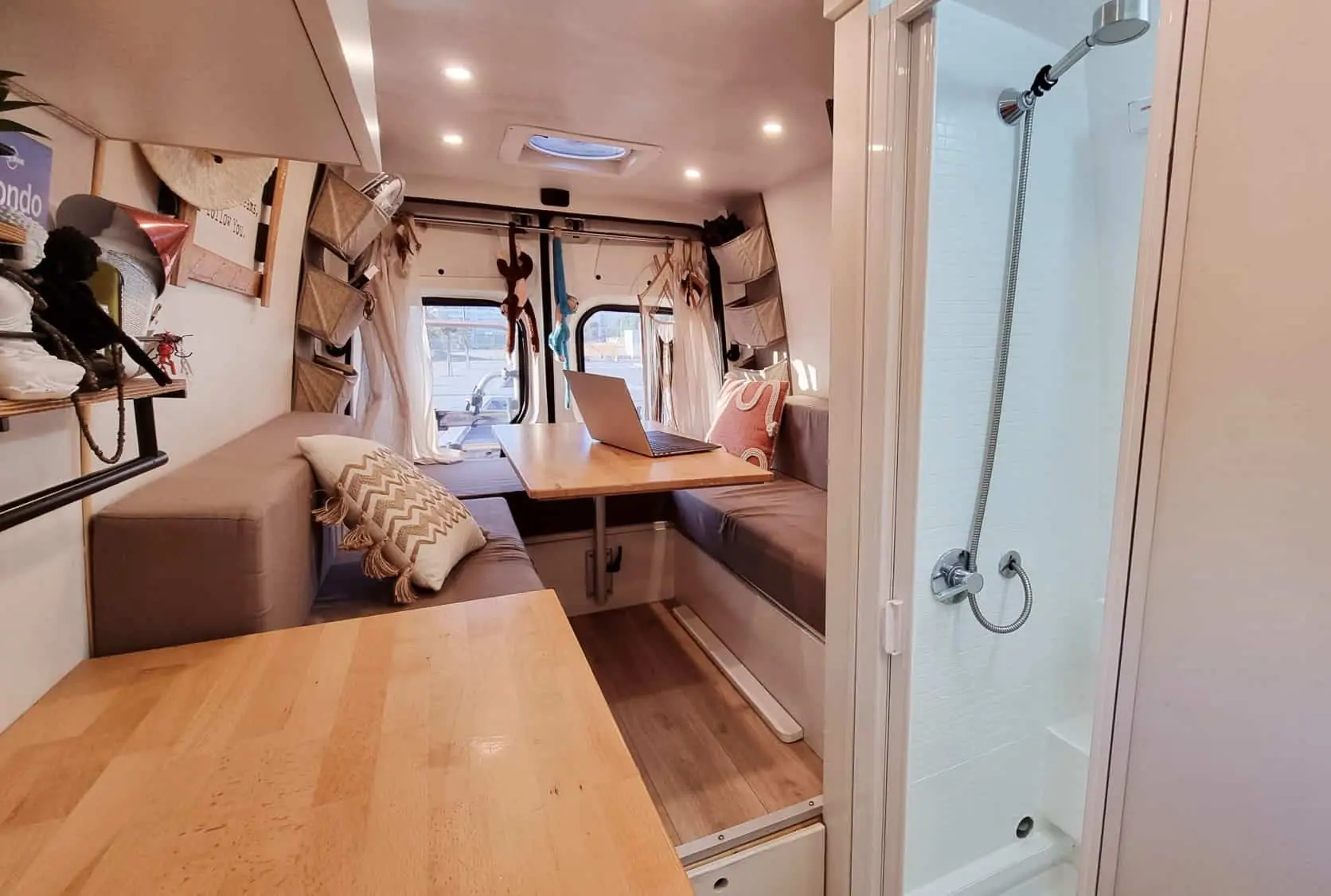
4.1 DO A BRIEF MARKET RESEARCH
If you have followed all the advice in the preceding paragraphs, you have probably already compiled an excel table of “possible” used RVs that might meet your needs.
From that, you can get anaccurate idea of the market value of the type of RV that best suits you (with the accessories/installations that satisfy YOUR needs!).
That said, after seeing a vehicle in real life, it is interesting to go back to the table to reevaluate the alternatives with a more critical eye, and figure out whether what you saw is really a bargain, or the price is not quite what you would expect.
If you haven’t already made your own table or if you have but still want reference market prices, in the next few paragraphs you will find average prices of used RVscurrently on the market that I have personally researched, sorted, and compiled to simplify your search (prices updated January 2023).
4.2 HOW MUCH DOES A USED RV COST ON AVERAGE? (PRICES 2023)
Below, I leave you with ideas to guide you, of how much a second-hand RV may cost in 2023 (data extrapolated using TruckScout24’s filtered search, over 2000 listings):
Market Prices of Used Motorhomes (2023) – Based on Year
| RV TYPE/ YEAR | MARKET PRICE EU - 2023 |
| MINIVAN (2000 - 2010) | 18.000 - 30.000 EURO |
| MINIVAN (2016 - 2018) | 40.000 - 45.000 EURO |
| MINIVAN (2019 - 2022) | 50.000 - 65.000 EURO |
| TYPE B (2010 - 2015) | 25.000 - 50.000 EURO |
| TYPE B (2016 - 2018) | 45.000 - 65.000 EURO |
| TYPE B (2019 - 2022) | 55.000 - 85.000 EURO |
| TYPE B+ (2000 - 2010) | 30.000 - 45.000 EURO |
| TYPE B+ (2010 - 2015) | 38.000 - 50.000 EURO |
| TYPE B+ (2016 - 2018) | 50.000 - 60.000 EURO |
| TYPE B+ (2019 - 2022) | 60.000 - 90.000 EURO |
| TYPE A / C (BEFORE 1995) | 4.000 - 20.000 EURO |
| TYPE A / C (1995 - 2000) | 12.000 - 24.000 EURO |
| TYPE C (2000 - 2010) | 15.000 - 32.000 EURO |
| TYPE C (2010 - 2015) | 32.000 - 48.000 EURO |
| TYPE C (2016 - 2018) | 38.000 - 50.000 EURO |
| TYPE C (2019 - 2022) | 50.000 - 70.000 EURO |
| TYPE A (2000 - 2010) | 32.000 - 49.000 EURO |
| TYPE A (2010 - 2015) | 45.000 - 70.000 EURO |
| TYPE A (2016 - 2018) | 60.000 - 85.000 EURO |
| TYPE A (2019 - 2023+) | 70.000 - 100.000+ EURO |
NOTE: The previous price ranges include approximately 90 percent of the vehicles sold in each given category/year. Of course, depending on the installations, optionals, maintenance, and overall condition of the vehicle, the price could be justifiably higher or lower than those listed.
4.3 HOW MUCH DOES MILEAGE AFFECT THE PRICE OF AN RV?
To give you an idea of how much the year can affect the price of a used RV, I took, for example, 100 used RV ads online (from the TruckScout24 site) and conveniently sorted them.
Market Prices of Used Motorhomes (2023) – Based on Kilometers
| USED RV TYPE + KM | MARKET PRICES EU - 2023 |
| TYPE B (10.000 - 50.000km) | 55.000 - 85.000 EURO |
| TYPE B (50.000 - 100.000km) | 50.000 - 70.000 EURO |
| TYPE B (100.000 - 150.000km) | 30.000 - 55.000 EURO |
| TYPE B (150.000 - 200.000km) | 20.000 - 50.000 EURO |
| TYPE B / MINIVAN (200.000km+) | 15.000 - 30.000 EURO |
| TYPE B+ (10.000 - 50.000km) | 60.000 - 85.000 EURO |
| TYPE B+ (50.000 - 100.000km) | 38.000 - 65.000 EURO |
| TYPE B+ (100.000 - 150.000km) | 24.000 - 45.000 EURO |
| TYPE B+ (150.000 - 200.000km) | 10.000 - 30.000 EURO |
| TYPE A / C (200.000+km) | 5.000 - 20.000 EURO |
| TYPE C (150.000 - 200.000 km) | 15.000 - 30.000 EURO |
| TYPE C (100.000 - 150.000km) | 19.000 - 35.000 EURO |
| TYPE C (50.000 - 100.000km) | 20.000 - 45.000 EURO |
| TYPE C (10.000 - 50.000km) | 45.000 - 65.000 EURO |
| TYPE A (150.000 - 200.000km) | 15.000 - 25.000 EURO |
| TYPE A (100.000 - 150.000km) | 20.000 - 55.000 EURO |
| TYPE A (50.000 - 100.000km) | 35.000 - 80.000 EURO |
| TYPE A (10.000 - 50.000km) | 55.000 - 100.000+ EURO |
NOTE:The above price ranges include approximately 90% of the vehicles sold in each given category/mileage. Obviously, depending on the installations, optionals, maintenance and overall condition of the vehicle, the price could be justifiably higher or lower than those listed.
4.4 HOW TO EVALUATE THE PRICE OF A USED RV?
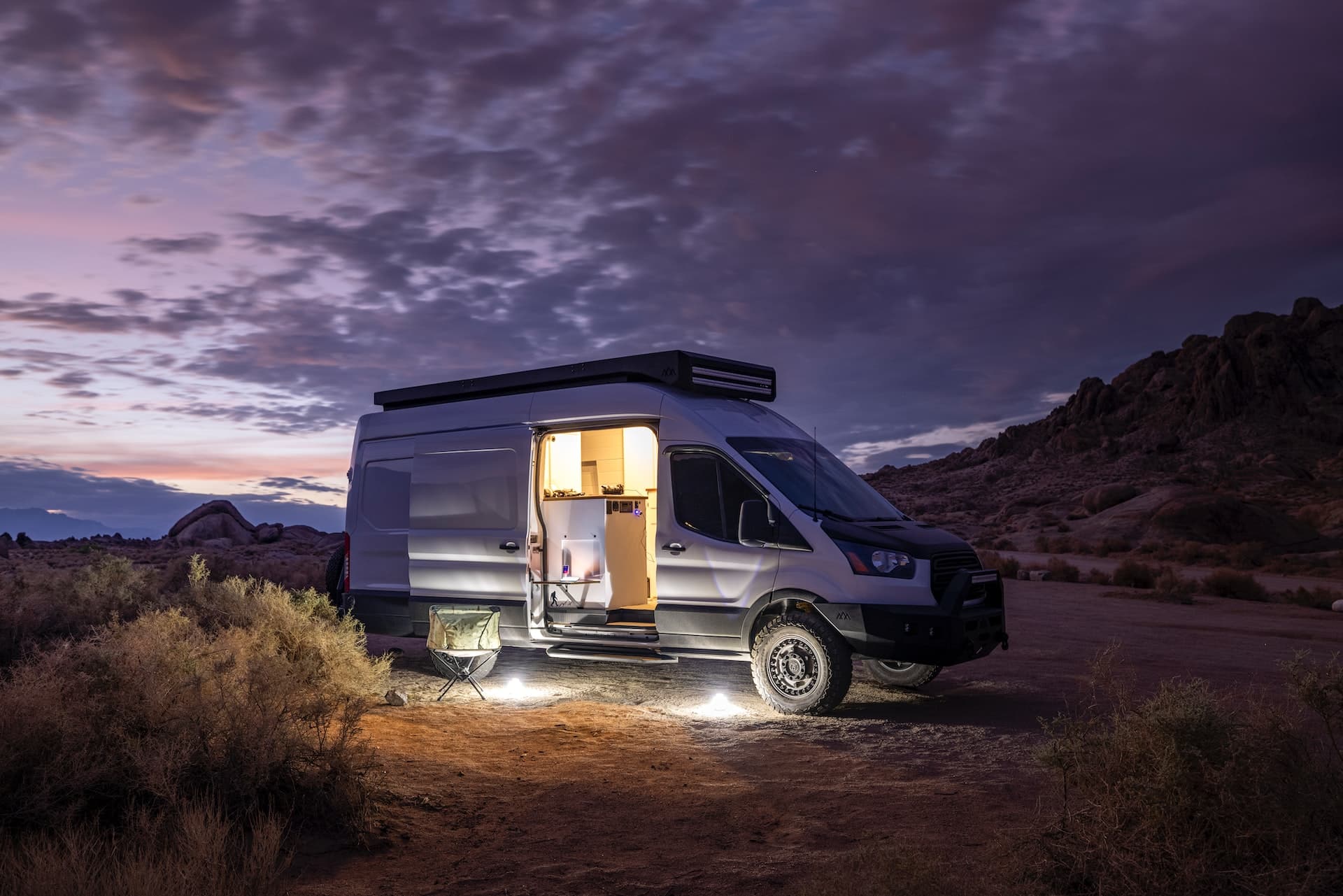
Used RV prices vary slightly depending on the season, market trends, and the geographic location you are in. As in all things also, sometimes great bargains pop up, and sometimes lemons pop up (shenanigans 😉 ).
For this reason, the best strategy for evaluating the price of a used vehicle is to look closely at its features and compare it with other similar vehicles currently within your reach.
Among the factors to be evaluated in assessing the price of a used RV, as we have seen, are:
- Vehicle dimensions/approved seats,
- Motor Certification,
- Mechanical Condition,
- Mileage and Type of Camper,
- Composition of the living quarters,
- Housing cabin conditions
- All options/installations present.
- Your Feeling with the vehicle! 😉
Take your time to think: compare alternatives, think about them, and then follow your instincts 🙂
In the end, remember that you are still only buying an RV, which can always be resold or modified in the future .
A bit of nervousness is normal when making such big expenditures as buying an RV can be, but trust that as soon as you find the right one and get behind the wheel all the angst will become excitement and fun 🙂
4.5 CONSIDER THE HIDDEN EXPENSES!

When buying a used RV, it is important to consider not only the purchase price, but also the hidden expenses that may arise from the time of purchase until the RV is ready to be driven.
Here are some expenses to consider:
- Transportation Cost: If the RV is located far from your location, the transportation cost to bring it to your home will be higher (gasoline, highways, lunches out etc.).
- Inspection Cost: it is advisable to have the RV inspected by a professional mechanic before purchase to identify any problems. This may incur an additional cost.
- Cost of Repair/Tune-Up: If there is something to repair, that is an extra cost. If you want to remodel the living cabin, it is an extra cost. If you want to enlarge the electrical system or add optionals, these are all extra costs. Before buying a used RV, it is important to consider how much it will then cost you to “get your hands on” it to adapt it to your needs/needs.
- Cost of RV Insurance: It is important to take out RV insurance to protect the vehicle and its occupants. The cost of insurance depends on several factors, such as the type of RV, its category, its value, and where it is used. To give you an idea, insurance for one year for a medium to large RV can cost from 200-300Euro (basic coverage) to 700-800Euro (full coverage theft, fire etc.).
- Cost of Consumable Accessories: there are some “consumable” parts that need to be replaced periodically, such as oil, brakes or tires. If they have just been changed or if they are to be changed, it can make a difference of a few hundred on the total cost.
When you are pricing a used car, as a “golden rule” keep in mind: start with your needs, and calculate the final price you will have to pay to get a vehicle that satisfies them; put in everything (hidden expenses!) and not just the sale price to be paid to the previous seller! 🙂
5. Closing the Deal and Navigating the Bureaucracy.

5.1 TIPS FOR NEGOTIATING A USED MOTORHOME
You have finally found the vehicle that satisfies you. Are you sure it’s him!
So now the time has come to close the deal, which in the auto market means:
NEGOTIATING!
I know, it is a scary word to many people, and the thought of having to negotiate a price to many people puts a stomach ache: well, what I say to you is, don’t worry that it is nothing strange🙂
In fact, in the used car market, the seller usually already provides a negotiatingmargin (unlike most stores where we are used to seeing and paying a set, predetermined price).
The seller wants to make a deal, and you want to make a deal. Negotiating is about coming together and finding a solution in the “right middle” that satisfies both.
Below, I leave you with some tips for contracting a used RV:
- Do market research: Before meeting with the seller, it is important to do market research to get an idea of the RV’s market value. This will give you a basis for negotiating the price (if you’ve read the article up to this point, you’ve probably already done it! 🙂
- Define your budget:Before you meet with the seller, define in your head your budget and set a maximum spending limit. This will help you avoid overspending and stay focused on your purchasing goals. If the negotiation comes in above your maximum, you will understand that it will be time to withdraw and look for something else.
- Make an Offer: you have seen the seller’s proposed price. To begin the negotiation, it is up to you now to propose a lower price: think about it, consider your market research, and make your offer to the seller! Keep in mind that the seller’s starting price may only be a baseline and that there is room for negotiation.
- Explain your Reasons: Argue why you offered that price and did not directly accept the one offered by the seller (here really you can bring any doubts or perplexities – need for repairs, moisture, engine noise, optionals to change, market comparison etc.).
- Be Firm, but Flexible: If the seller does not accept your initial offer, try to be flexible and compromise. For example, you may be willing to pay a slightly higher price if the seller is willing to include some options or make repairs.
- Respect the Seller: if you want to successfully conclude the negotiation, remember to listen to the seller’s arguments and keep a respectful and professional attitude (do not start TOO low, otherwise you will already put the seller on the defensive). Be honest in stating your points and concerns, and at the same time listen to the seller’s point of view.
- Send a Third Person: if you don’t feel up to negotiating, send a more experienced third person (a friend, relative, your trusted body shop etc.) to negotiate with the seller, you will take a burden off your shoulders and may get a better price.
Once you have negotiated and come to a price acceptable to both parties, it will finally be time to close the deal. Come on that it’s really close! 🙂
5.2 CLOSE THE CONTRACT AND GUARANTEES

The contract of sale of a motor vehicle consists of a sheet of paper (or a packet of papers) where all the sale details: seller’s name and data, buyer’s name and data, description of the vehicle with data sheet, date, and all clauses about any deposit, date of delivery of the vehicle, warranty etc. Normally this sheet is prepared and drafted by the seller.
The parts you will need to pay most attention to are:
Warranty: Period in which the previous owner will respond should you encounter any problems in the vehicle (may be mechanical parts or related to the living cell). The warranty should be negotiated at the time the selling price is negotiated.
Vehicle Data Sheet: Last chance to double-check all the information and that everything matches what you saw from the real thing and are about to buy.
Read your contract thoroughly (here is an example of a purchase and sale contract for motor homes).
Once everything is checked, you can sign it: congratulations! As of this moment you are officially an RV owner! Yuhuuuu ;D
5.3 TRANSITION TO THE DMV AND LICENSE YOUR NEW MOTORHOME
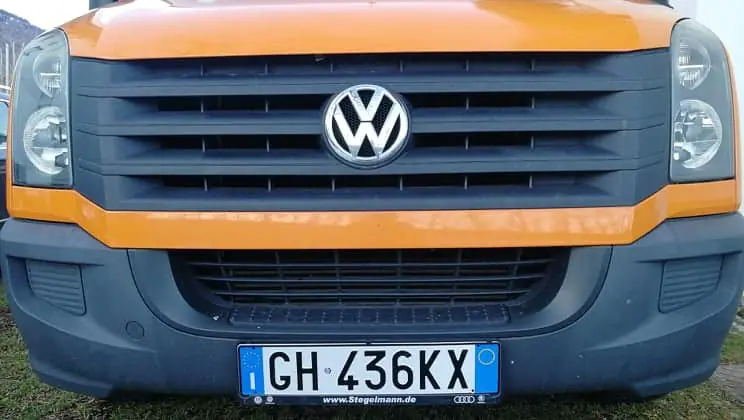
I know you are dying to go!
Before you set off on your road trips, however, there are still a couple of steps to be taken: license plates, tax stamps, and insurance.
The license plate of any motor vehicle is a component that is linked to the person who owns the vehicle. When you buy a second-hand vehicle then, what you will have to do is remove the previous license plate, and apply for a new one at the DMV.
The cost of getting a license plate for a used motorhome in Europe is around 100-200 euros, but it can reach 300-400 euros by leaving all the heavy bureaucracy in the hands of car practice agencies.
In this section, let’s look at how to license plate your RV in Italy step by step, in case you want to go the Do-It-Yourself route:
- ACI and PRA Registration:Once the contract is signed, in order to complete the “transfer” of the RV, the transfer of ownership must be registered within 60 days with ACI (Automobile Club Italia) and PRA (Pubblico Registro Automobilistico), which will issue an updated certificate of ownership (now in digital).
- DMV:Once you have the certificate of title, you will need to go to the DMV to apply for anupdated registration (which is essentially, your vehicle’s ID card).
- Documents Needed: To apply for a booklet update, you will need to bring:
- the certificate of ownership,
- The deed of sale (contract),
- note of successful submission to the PRA,
- original registration certificate,
- application form for renewal of registration certificate (TT2119) with 2 revenue stamps (32 Euro)
- Photocopy of a valid identification document
Ordering and Paying for New License Plates:
Once you have your new registration, you can finally order new license plates for your RV. The cost of license plates normally is about 40Euro each, so 80Euro for two plates (front and rear) plus about 32Euro stamp for the application. In total, retargeting your used RV will cost you around 150/180 Euro.
Within a week of ordering, you will finally receive your new license plates and be able to mount them on your new RV! Now there is very little left to go 🙂
5.4 MAKE CHANGES TO MEET YOUR NEEDS
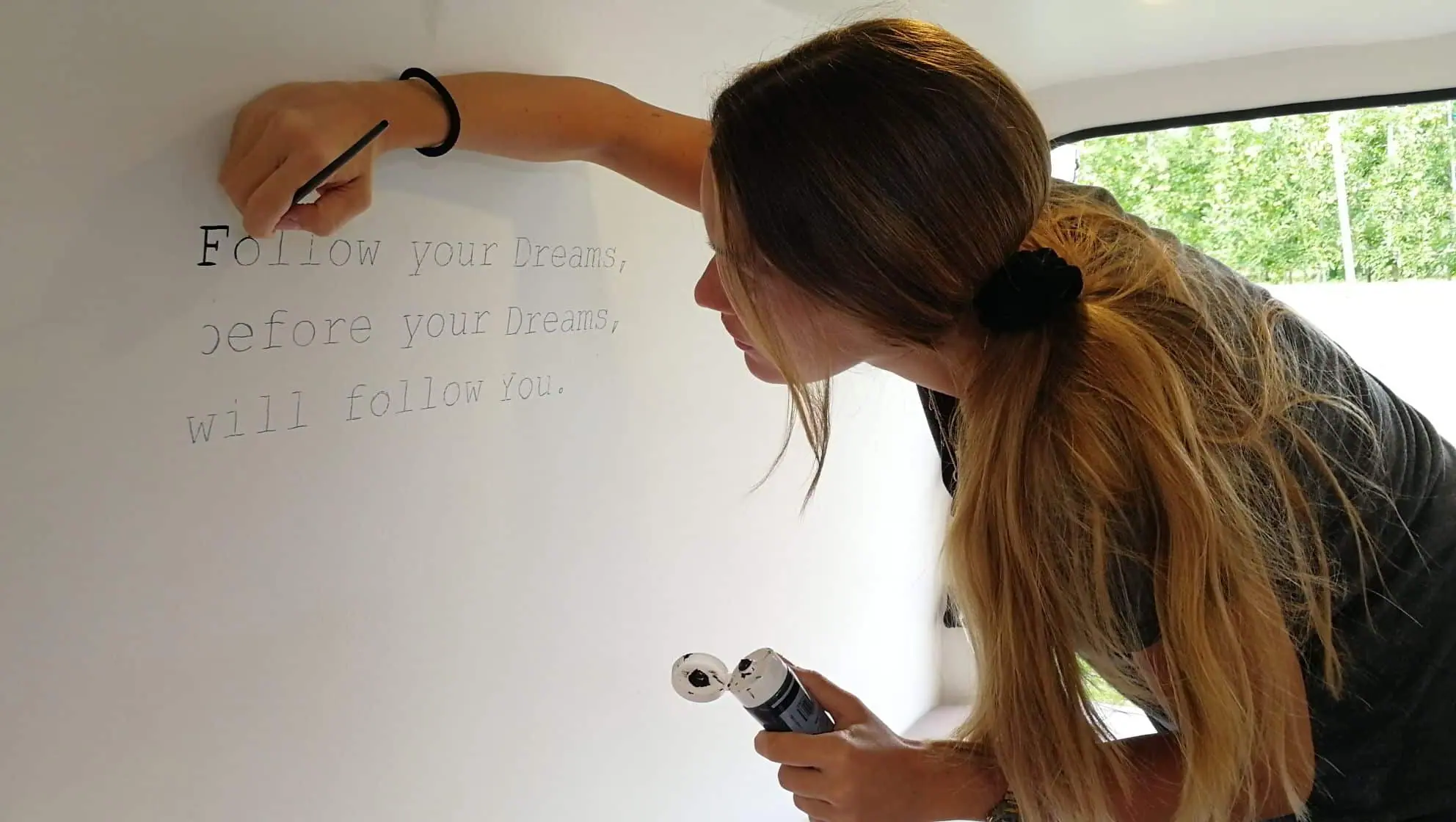
Once you have passed ownership of the RV to the DMV and made the license plates, before you leave you can take the time to make any necessary modifications to make the vehicle even more “just right” to meet your needs and tastes.
You may want to change a carpet, a mattress, renovate the electrical system or add optionals, a camera, burglar alarm, TV or antenna, add decorations or accessories–now is the time to do it!
Below, I leave you two pages that surely could be helpful to you at this stage:
- MEGA-GUIDE to DIY Van Conversion: A Guide Designed for Crafting your own RV tailored to your needs where you will surely be able to find many hints and ideas for renovating a used second-hand motorhome
- Thematic Insights: Browse through the insights on each topic and discover the best solutions and products for creating or renovating the various systems/optionals in your RV
,
5.5 INSURING YOUR MOTORHOME AND PAYING STAMP DUTY (for Italy)

Dulcis in fundo, the last step before we can finally load everything and go: stamp duty and insurance.
The car tax stamp, is a tax you have to pay in order to drive your vehicle, which for cars is normally calculated according to the environmental class of the vehicle (which we saw earlier) and the power (in Kw) of the engine.
How much does the Motorhome Tax cost?
Compared with the cost of car vignette, the RV vignette (road tax) has a reduced cost of only 1Euro for each kW of engine power. A motorhome with a 100kW motor, will then pay 100Euro in stamp duty per year. To find out how many kw your RV has, simply go and read the vehicle registration.
Where can you pay the Camper Vignette Tax in Italy?
RV road tax (car tax) can be paid online at the ACI website, at most Sisal/Lottomatica enabled newsstands, or simply at the Post Office.
Once the stamp is done, the last thing to do is insurance.
How Much Does Insurance Cost for a Motorhome?
Any motor vehicle circulating on roads open to the public must mandatorily be covered by an insurance policy, and so must your new RV. The cost of insuring an RV can vary depending on the insurance company, the region of residence and the level of coverage, but it normally ranges between 300 euros (minimum) and 700 euros (maximum) annually.
Depending on the maximum coverage, deductible, ancillary coverage, and insurance company, you may pay slightly more or less, but this is essentially the range of the cost of RV insurance.
- If you may be interested in finding the best online RV insurance, I recommend using the search engine facile.com to compare the various offers from the many insurance companies and see which one is best for you. I’ll leave you an article about it:
Once you have paid your insurance, print your receipt and you’ll finally be ready to go on your adventures with your new RV! (And I’d say here, you’ll want to break out a beer or two as well ;D ).
In the last chapter of this article, I leave you with some tips and trivia that you might find helpful in finding and buying a second-hand RV and in enjoying your new RV to the fullest once you get it home! 😀
6. Useful Tips and Curiosities
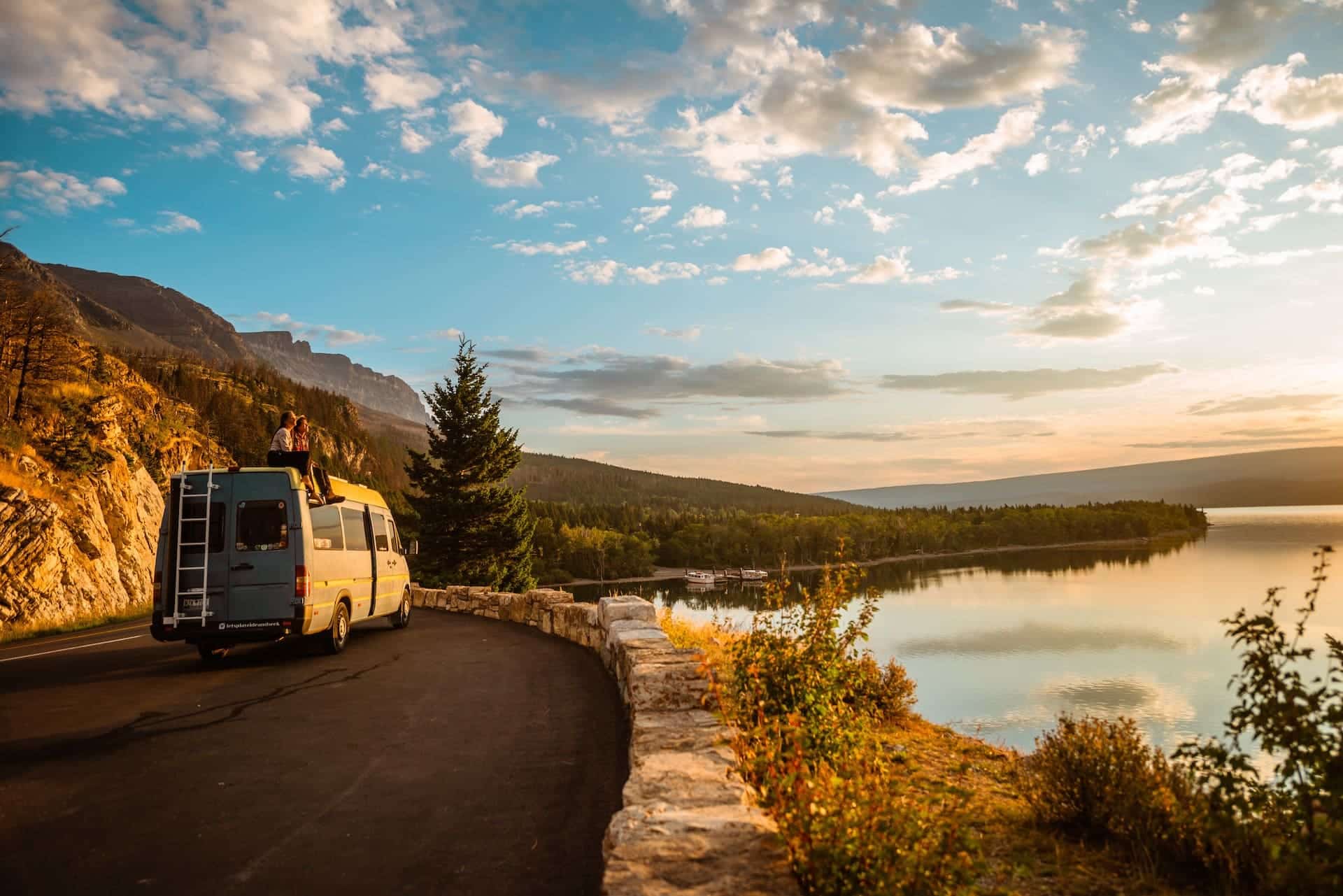
6.1 WHAT LICENSE DO YOU NEED TO DRIVE THE RV?
A question that surely, if you are approaching the world of RVs for the first time, must have popped into your head.
Well, you will be happy to know that to drive the vast majority of RVs, you only need a B license, which is the one you commonly use to drive a car.
The license required to drive a motorhome, does not depend on the type of vehicle (pure motorhome, coach house, semi-integral or motorhome) you will need to drive, but depends only on its maximum approved weight (entered in the vehicle registration).
B LICENSE: FOR MOTORHOMES UP TO 3500 KG
For all motorhomes with a maximum approved weight of 3500 kg (3.5Ton), a B license is sufficient.
C OR C1 LICENSE: FOR MOTORHOMES OVER 3500 KG
All larger motorhomes that exceed the 3500kg threshold, on the other hand, require a higher-level license, i.e., a C license or C1 license.
The C license is the classic license used by truckers, with which you can drive any type of RV, with no weight or length limits. The C license also allows you to attach a trailer of up to 750 kg mass.
The same is true for the C1 license, which allows driving all vehicles with a mass between 3500 kg and 7500 kg, so virtually all RVs available on the market.
HOW TO KNOW THE APPROVED MASS OF YOUR MOTORHOME?
If you are interested in knowing the approved mass of your motorhome, simply open the vehicle registration and check item F.2.
It is important to note that approved mass means the maximum weight the RV can travel with, including passengers and luggage. Traveling with a weight greater than the approved weight can result in penalties at inspection regardless of the license you hold.
6.2 USEFUL TIPS FOR BUYING A USED MOTORHOME
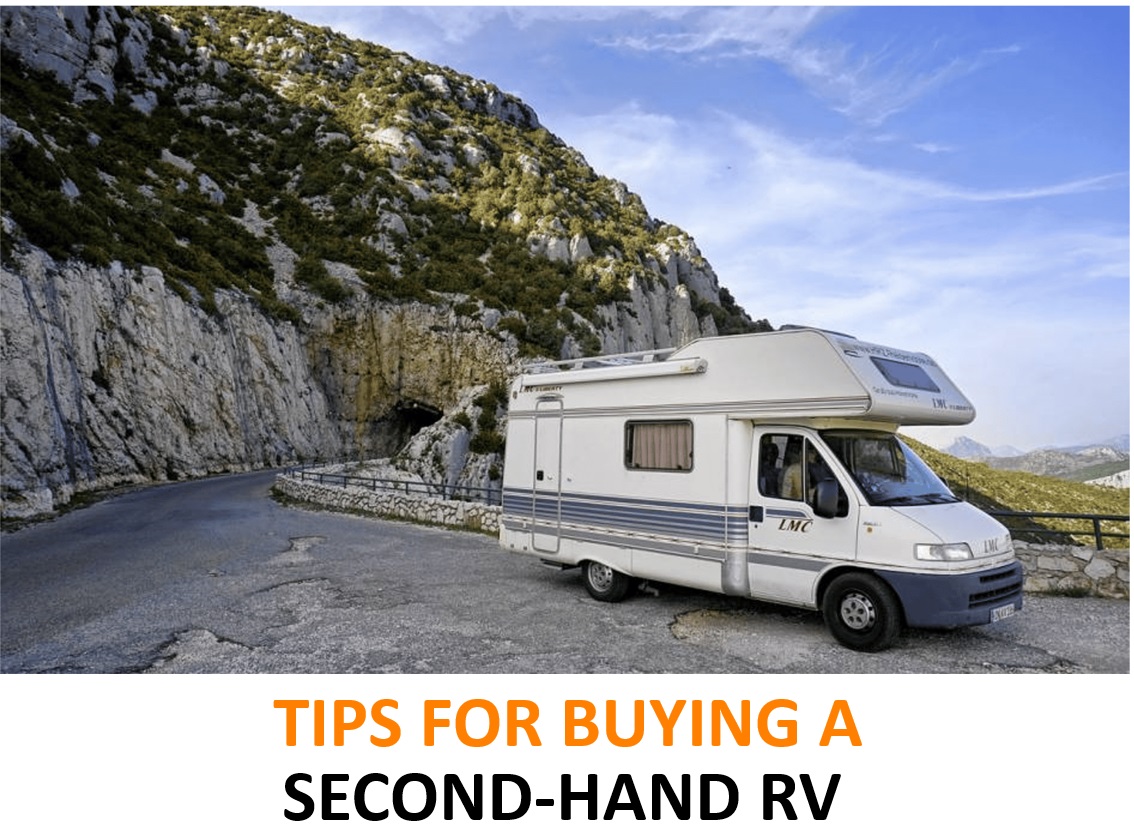
In this paragraph I leave you with five tips that will surely help you in buying a used motorhome that is right for you:
- Start with your Needs and Budget: Before you begin, decide what kind of vehicle you are looking for and the maximum price you want to spend. Personally, I recommend that you make a list of all the things that “MUST ABSOLUTELY” be there and the things that “WOULD BE GOOD” to be there.
- Don’t Rush, Compare with Care: When you want to make a deal, haste is a bad counselor. Buying an RV is a bit like buying a house and a car together, it takes its time to research, evaluate and reevaluate. Personally, I would advise you not to jump on the first RV you go to if in your mind it is a “s-ni.” If you are not 100% sure, keep looking and remember that bargains can always be found, but only with patience.
- Analyze theVehicle with Care: When it comes time to view the vehicle, don’t be considerate! Observe everything in great detail, ask questions (you will find some examples in the next section), do a test-drive, and if something is too difficult for you to understand, have some trusted professionals accompany you!
- Ask the seller to have the vehicle serviced: A good rule of thumb when buying a used motorhome is to ask the seller to have the vehicle serviced. In fact, buying a vehicle without an overhaul means buying a vehicle that cannot drive (even to the nearest repair shop) and with potential mechanical breakdowns. An honest seller will have no problem making sure the vehicle is serviced.
- When you found it, don’t let it get away: patience is good counsel, however, at some point you have to act! If at some point in your search, you come across the right vehicle for you, one that meets your needs and at a price that is fair and just right for your pocket…well, take a chance and don’t let it get away! Opportunities always come, but as they come they also leave very quickly. If you’re sure, don’t hold your breath and close the contract! 🙂
I hope these tips will help you cope better with the search and purchase of your new RV. Instead, in the next section, let’s look at some questions to ask the seller when buying a used RV.
6.3 QUESTIONS TO ASK WHILE EXAMINING THE USED MOTORHOME
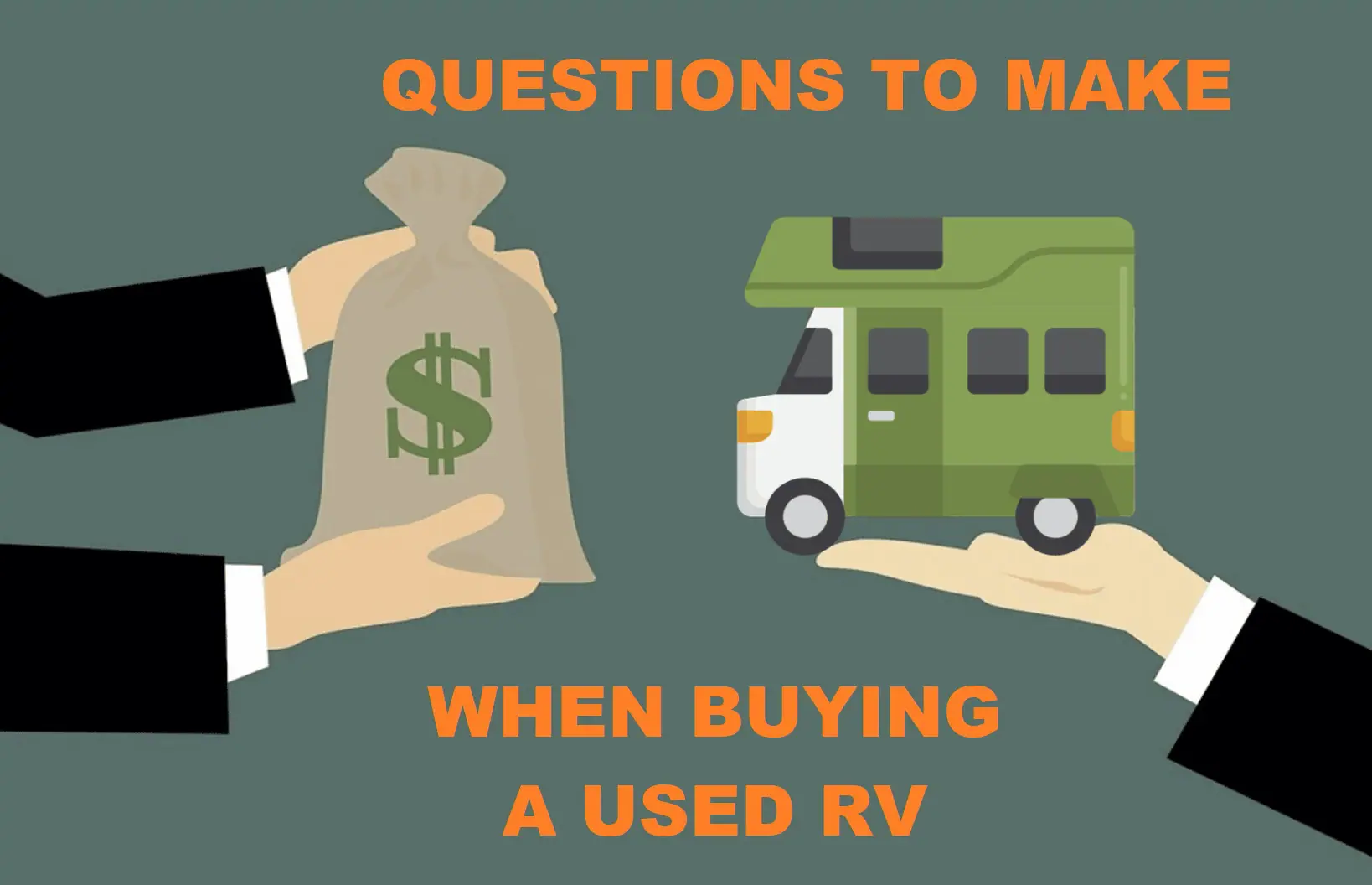
Below you will find a list of questions you should ask the seller before buying a used motorhome:
- Are you the Owner? Sometimes it happens that used RVs are sold by middlemen. Whenever possible, it is always preferable to speak directly with the owner as he is the one who has been using it all along and the one who will be able to answer your questions most completely.
- Why do you sell your Used RV? There is no harm in asking, and you can already tell from the answer whether the vehicle may be an opportunity or something to be careful about. Do you sell it because it costs too much to repair/maintain it? Or because he lacks something? Or simply because they need the money? All the reasons can give you useful information to understand the history and condition of the RV you are going to view.
- How many Owners did the RV have? The best used RVs normally have had only one (or at most two) owners. If the seller is also the original owner, he will surely know the vehicle better than anyone else, and it will be easy to see how well he has taken care of it. Conversely, if the RV has had many owners, I would advise you to stay away from it: RVs that have been in the buying/selling business for a long time normally have some hidden problem (why else would they be sold so frequently?). Best to take them with a grain of salt.
- What trips have you made with this Camper? A good way to start the conversation and break the ice, but also to understand a little about the owner’s use of his RV. Have you done many road-trips on the road? Or did you use it mainly for static camping? Or did you use it a lot for off-road trips? All the information, will help form an idea of the vehicle’s history.
- Can I View the Maintenance History? Every camper who cares about his or her RV maintains a repair and maintenance history. Through these documents, you can verify that routine maintenance has been done regularly and the date of any extraordinary maintenance. A tidy maintenance history demonstrates the seller’s care in caring for his or her vehicle and is a very positive signal to guide your choice of used motorhome.
- Has the Camper ever been in an Accident? There is nothing wrong with buying a wrecked vehicle (it can happen to anyone), however, it is important to view that everything has been properly fixed and make the proper inspections.
- What do I need to know about this Used Camper? An open-ended question, which will allow the salesperson to explain what he or she thinks there is to know about the vehicle you are potentially going to buy.
- What is included in the Sale price? Normally, anything that is not anchored to the RV is not included in the price. However, that’s not to say there is no room for negotiation: barbeque? Camping chairs and table? Bike rack? GPS screen? Be sure to make it clear with the seller what stays in the vehicle and what will be removed instead: clear deal, long friendship 🙂
- What animals traveled with this RV? Many RVers travel with dogs or other pets, and there is absolutely nothing wrong with that! If you have an allergy to any animals, however, it may be important to ask to protect yourself and possibly bill for an ultra thorough cleaning.
- If you are buying a used RV in winter, where has it been parked so far? As we have seen, winter is the best season to buy a used motorhome. It is important, however, to ask the seller how this was maintained: was it exposed to ice or temperatures below 0°C ? Has the plumbing system been adequately protected with antifreeze? Were the batteries kept active during the winter? Have the tires been protected? Leaving an RV in the cold for long periods can lead to significant problems with the systems, so it is a good idea to ensure that the vehicle has been properly prepared for winter.
- Can we negotiate the Guarantee? If the vehicle seems like the right one, but you would like to have more security in buying it, you might ask the seller if he is willing to negotiate a longer warranty. Normally, you can come to an agreement based on the price you are going to pay.
- Is the Price Negotiable? Put your hands up by asking about the price. Everything in the end is negotiable, however, finding a seller who tells you this from the beginning already means that the chances of pulling a little on the price are good.
For more information on each brand, I recommend you browse through this excellent summary on RV manufacturers, compiled by Camperis.com.
6.5 USEFUL LINKS AND RESOURCES
Below I leave you some useful links and resources that could
Online Magazines for Camperists:
CamperLife
Journal magazine specializing in RV travel, technology, and buying/selling.
CamperContact
Portal with collection of rest areas, campgrounds and RV campgrounds worldwide.
Italian Camperisti
The largest community of RV enthusiasts in Italy, to meet and get to know each other.
Genius Camping Magazine
Online shared masthead with interesting articles on RVs, accessories, and experiences to have in a Motorhome.
Destinations and ideas for spending the Weekend
Site Specializing in Weekend Destinations/Experiences, with a section dedicated to Camper trips
The 15 Best Apps for Traveling with an RV
A summary of all the Apps you may need to travel in comfort with your new RV.
Lost on The Route
If you’re interested in finding out more about Van Conversion or interesting destinations to visit, you’re in the right place and I recommend exploring this blog a bit more, you won’t regret it 😉
PlenAir
Historic magazine dedicated to the world of RVs and caravans.
Yescapa
Want to experience life in an RV before buying one? With Yescapa you can rent vans and RVs of any type and try the on-the-road experience and see if it’s right for you
7. How to Buy a Used Motorhome – Conclusion.
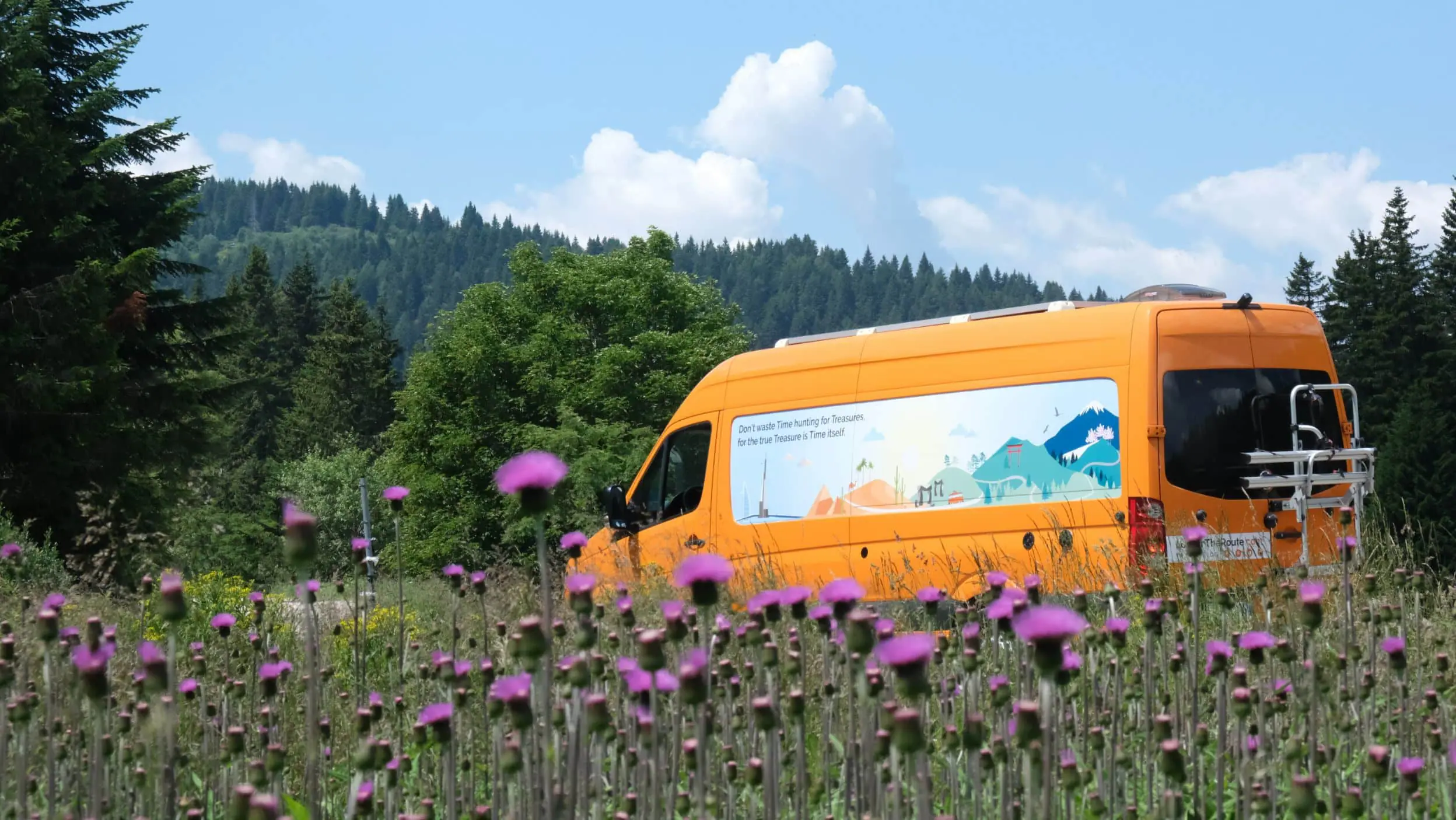
And here we are at the end of this very long manual on how to buy a second-hand RV!
Below, you will find a summary of all the useful files/documents you can download to help you search, find and buy a used RV.
7.1 HOW TO BUY A USED MOTORHOME – USEFUL FILES/PDFS TO DOWNLOAD
7.2 CONCLUSION AND FINAL ADVICE
Buying an RV, whether it is new or used, is like choosing an adventure companion: you must be able to trust it, be comfortable with it, and above all, it must make you happy driving it!
Looking for the right RV for you takes some time and energy, but trust that all the effort will pay off as soon as you hit the road!
If the article was helpful to you, let me know in the comments below 🙂
Likewise, if you have any questions, concerns, or think you could contribute something to the article above to enrich it and make it more complete for those who will read it in the future, please let me know!
I wish you good research, and have a safe journey! 😀
See you in the next article!!!
BEFORE YOU GO, CAN I ASK YOU FOR SOME FEEDBACK?
Writing detailed articles like this takes a lot of time and effort..
If you liked it, can I ask you to leave me a feedback message in the comments at the bottom of the page?
For a content-creator, knowing that you are being read and that your efforts are useful to someone is the best motivation to keep writing and doing better 🙂
Let me know what you liked or what you think could be added.
If you’d like, you can also share the article to help other people find it!
Thanks for the help 🙂
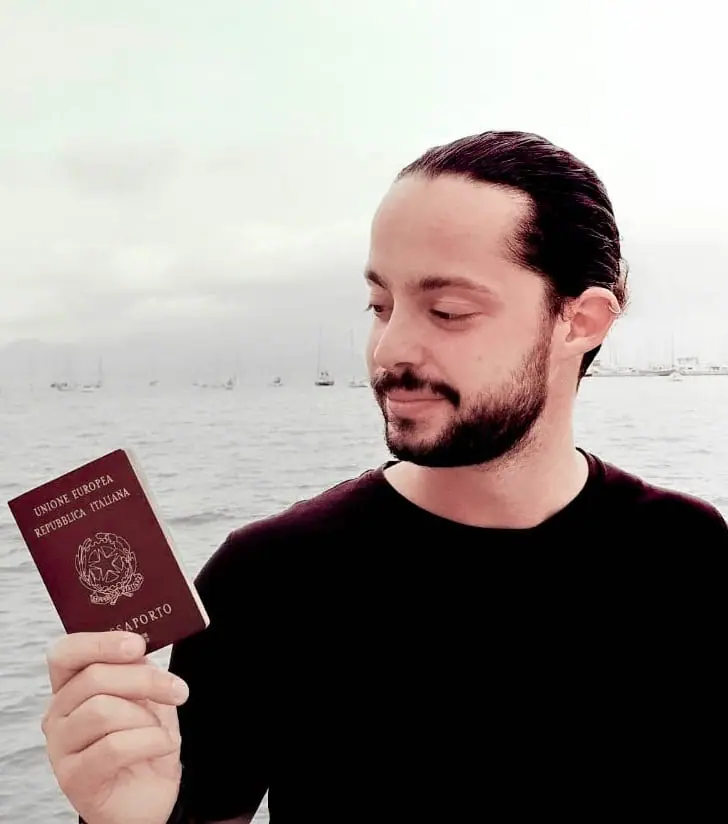
Read the Van Conversion Guides
How to Calculate the Right Section of 12V Cables | EASY GUIDE
An undersized cable does not carry enough current. A cable that is too undersized can lead to a fire. An oversized cable, on the other hand, simply costs more and is a waste of money. Are you wondering what is the logicfor choosing one section of cable over...
Bluetti vs Ecoflow | Which is the Best Portable Power Station for RV/Vanlife?
The Portable Power Station is an increasingly used accessory on camper vans and RVs, but when does it really make sense to purchase and own or install one? In this article we try to shed some light on how these systems work, the best options on the market, and the...
Van Conversion DIY: How Much Does It Costs? | My Experience
How much does it cost an entirely DIY van to campervan conversion? The queen of all questions... In this article, I want to show you all the costs of my conversion from start to finish, so that you too can get an idea of what it might cost! ...
Van Electrical Diagrams for your DIY Project – Ready to Install
The Electrical System is often one of the most complicated steps in a DIY van conversion. How much energy is needed? What apparatus/devices to purchase? How to connect them? How much would it cost? These are all doubts and questions that normally everyone finds...
Van Interior Conversion: Best DIY Ideas for your Project!
The Interior Outfitting of a DIY converted van is both an aesthetic and structural choice. In this article, you will find useful information and inspiration ideas for customizing the Walls, the Ceiling, and the Floor of your Van! DIY CAMPERVAN SET-UP:...
Kitchen for Camper | Best DIY Ideas for your Van Conversion
Cooking in Camper is one of those things, that makes you feel at home wherever you are! Gas, Diesel or Electric Stove? What equipment and accessories you need on the Road? How much space do you need? How to assemble the kitchen in your Camper? In this article you will...
The Best Fridge for Your Campervan – Which One to Choose?
Buying a trivalent or compressor RV refrigerator? Horizontal or vertical? 12V or 110/220V? In this article you will find all the information you need to choose the best fridge for Your Van, tailored to your Needs! 🙂 THE REFRIGERATOR IN THE VAN:...
Van Conversion: How to Build a DIY Bed for your Camper Van
A Camper is not a Camper if it does not have a bed. Where to Sleep and... Dream! In this Guide you can find the inspiration you need for creating a DIY Bed in Your Campervan, And I'll show you step by step how I built a Complete Bed/Dinette on my VW Crafter....
DIY Camper Bathroom: How to Self-Build a Toilet
If you are Campering a Van you surely must have wondered: How does the Bathroom in a Motorhome work? In this Guide I show you the various types of Bathrooms on the market, I explain how they work, and I show you how you can Build yourself an entirely...
Best 12V Fan for RV | DIY Installation Guide | Van Conversion
A Roof Fan helps keep your Vehicle's humidity under control and change stale air. In this guide you will find everything you need to know about mounting a Maxxfan Deluxe fan on the roof of YOUR van. ROOF FAN: WHAT IS IT FOR? Keeping an RV's...
How to Build a Shower in a Do-It-Yourself Camper
A Shower in the RV for some people is not necessary, for others it is a real necessity to be totally independent! In this guide I'll tell you how I built the shower of my converted van entirely Do-It-Yourself! INSTALLING A SHOWER IN A...
Complete Guide and Electrical Scheme for your D-I-Y Van Conversion
You dream of transforming your Campervan DIY and have never touched an electrical cable before? Or do you want to implement some changes to your Factory RV? In this guide you will find EVERYTHING (absolutely EVERYTHING!) you need to know to create the perfect DIY...

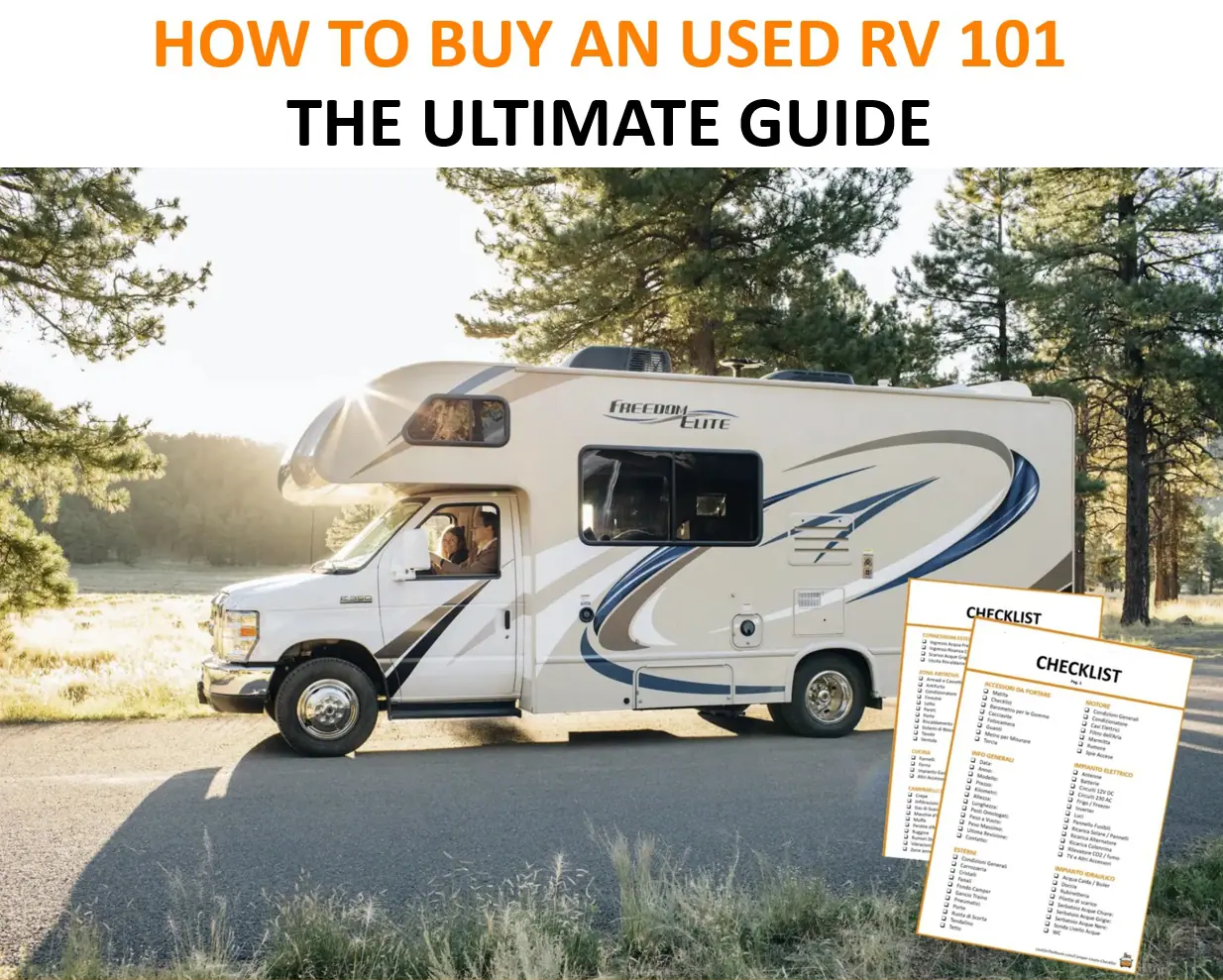
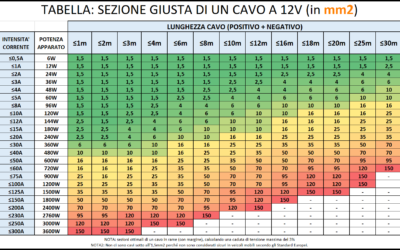
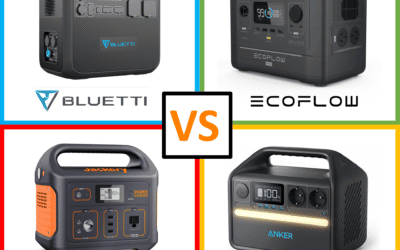

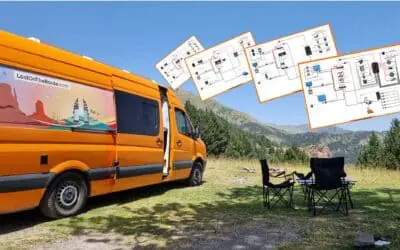


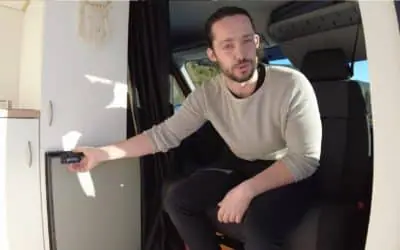
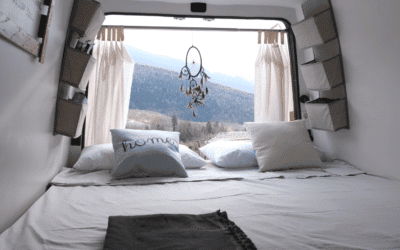

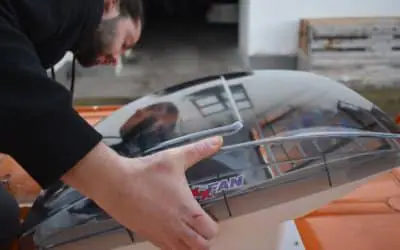
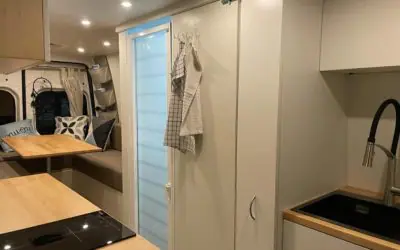
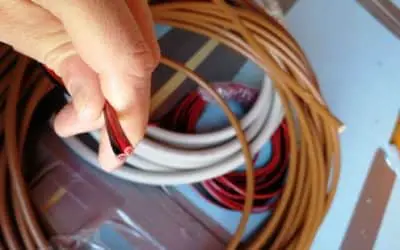
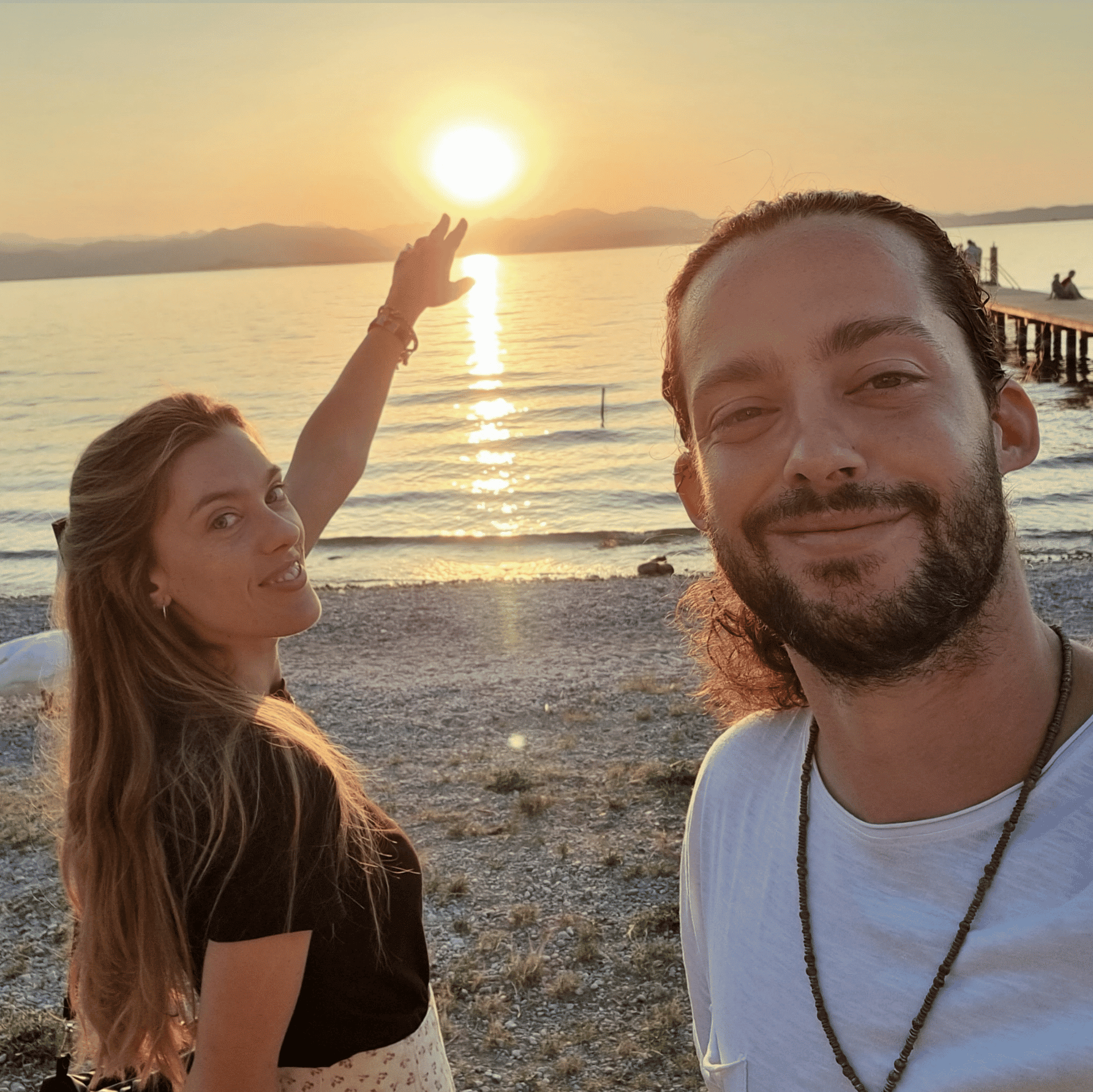


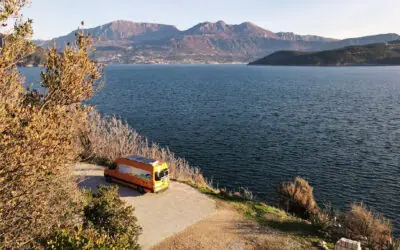



0 Comments